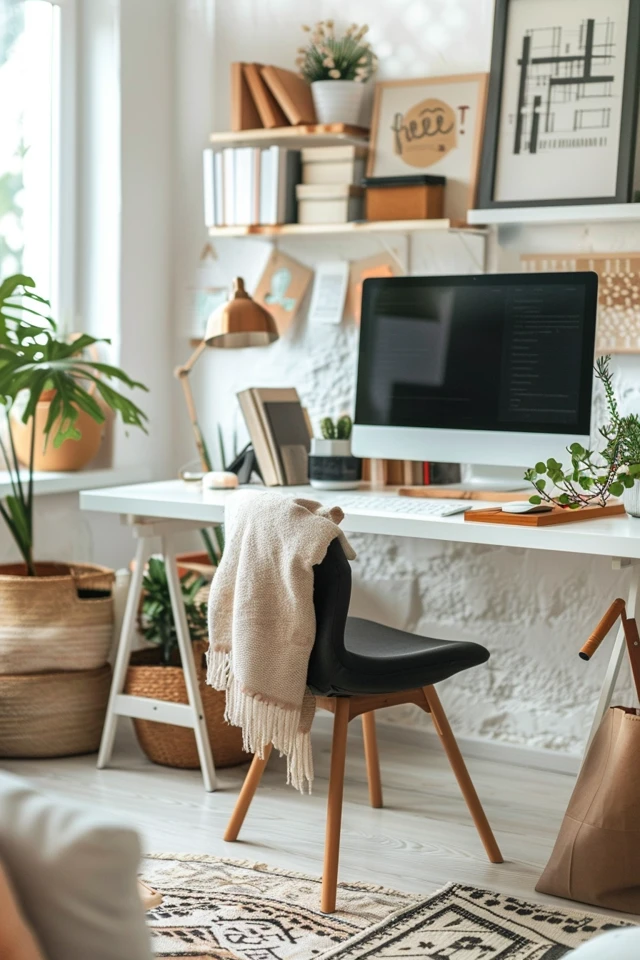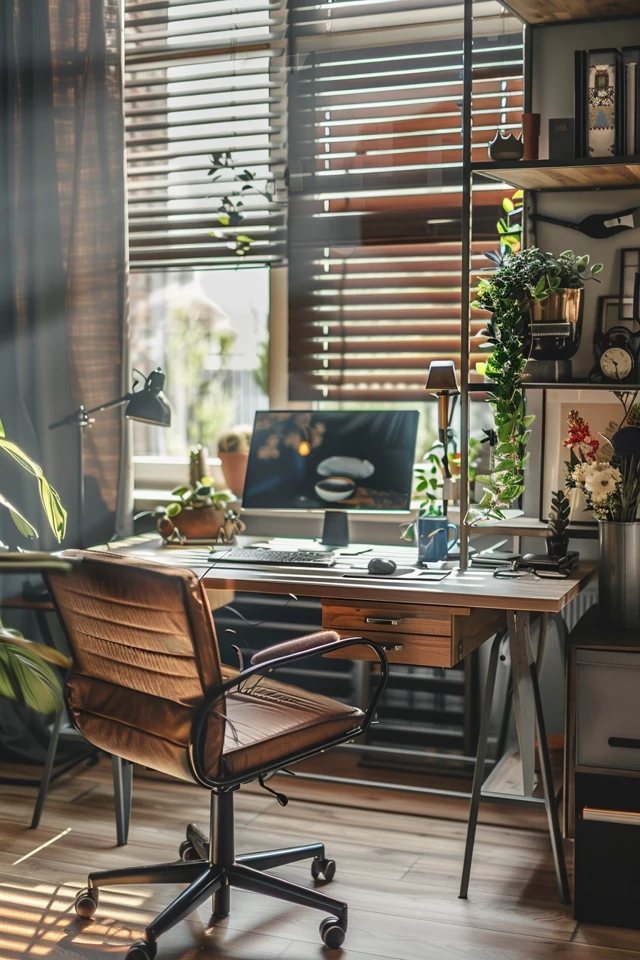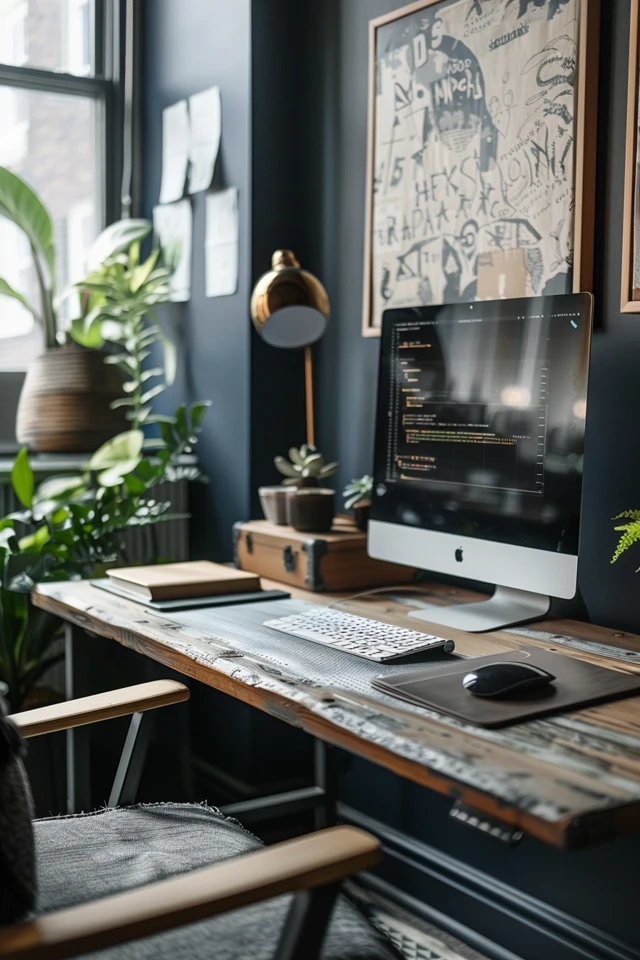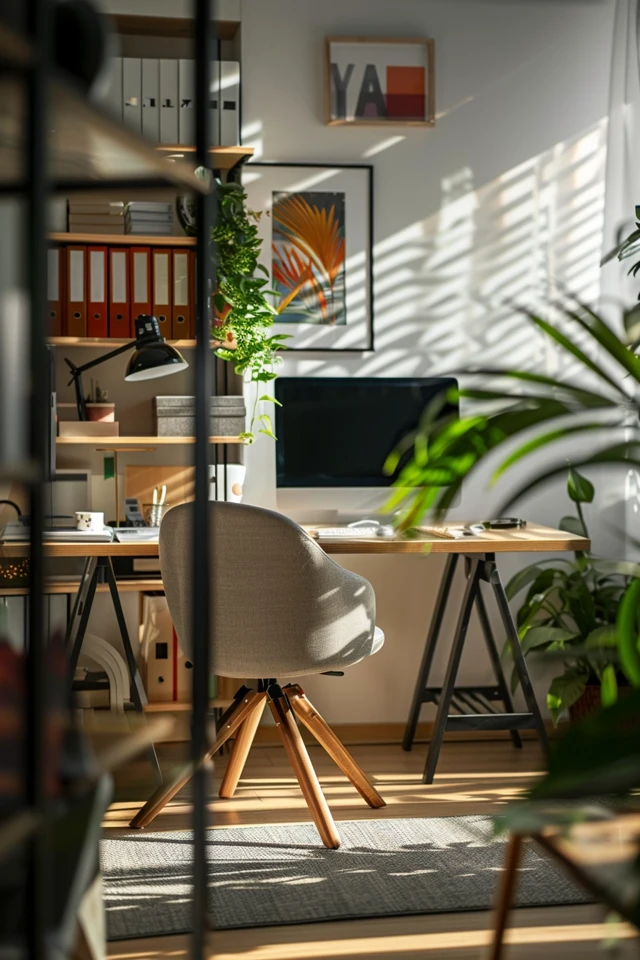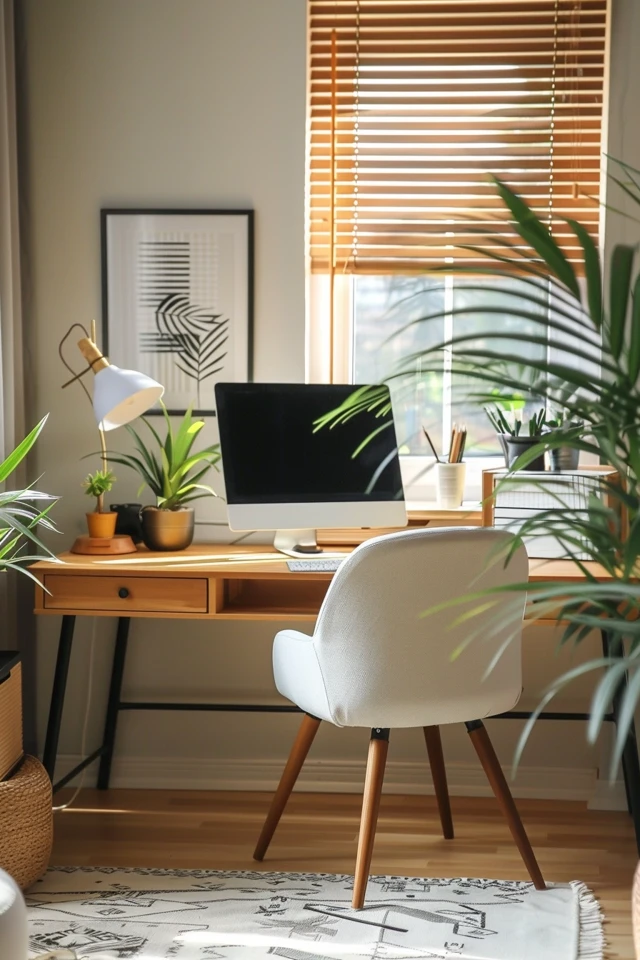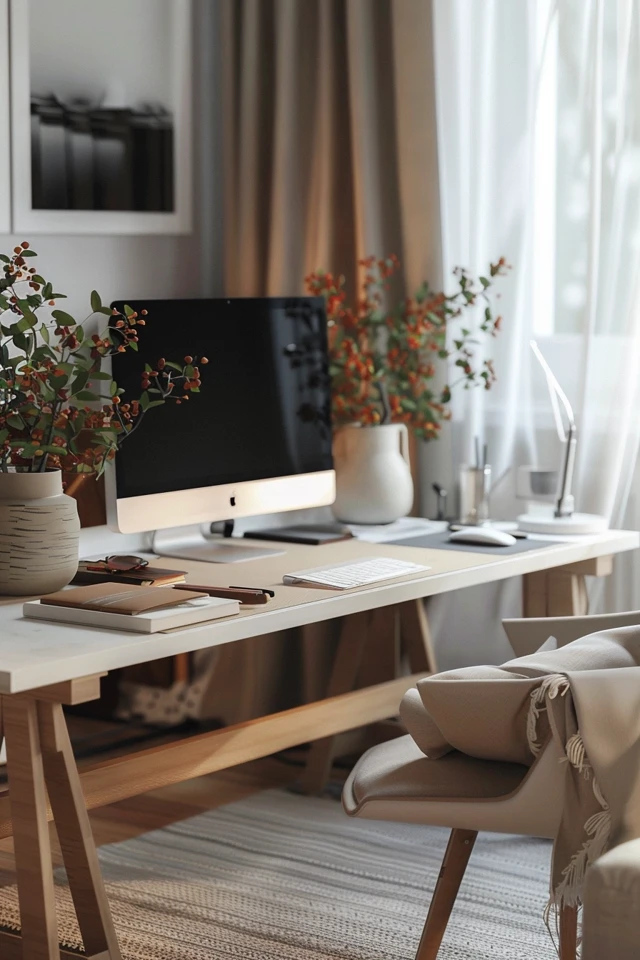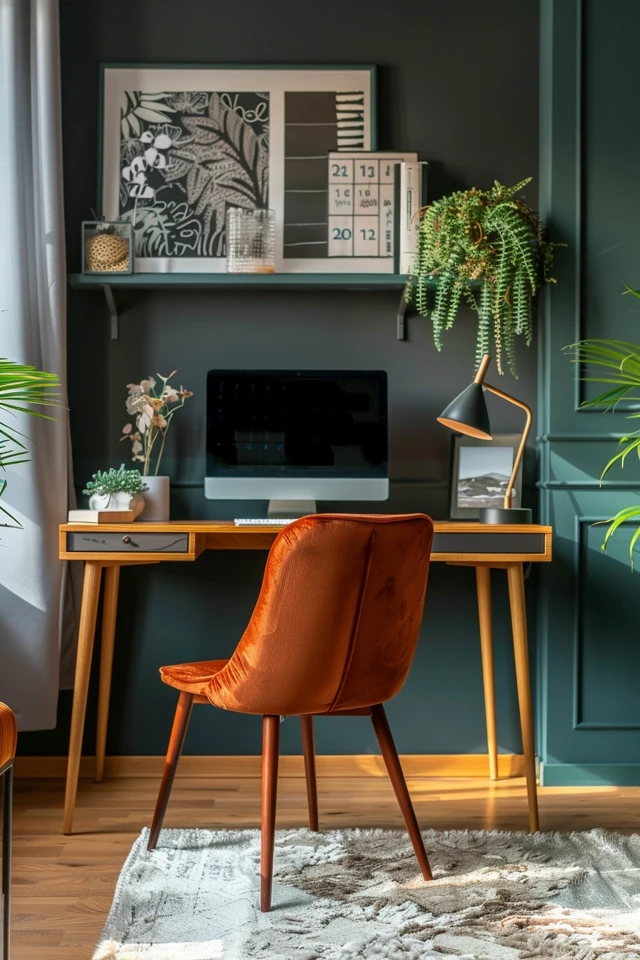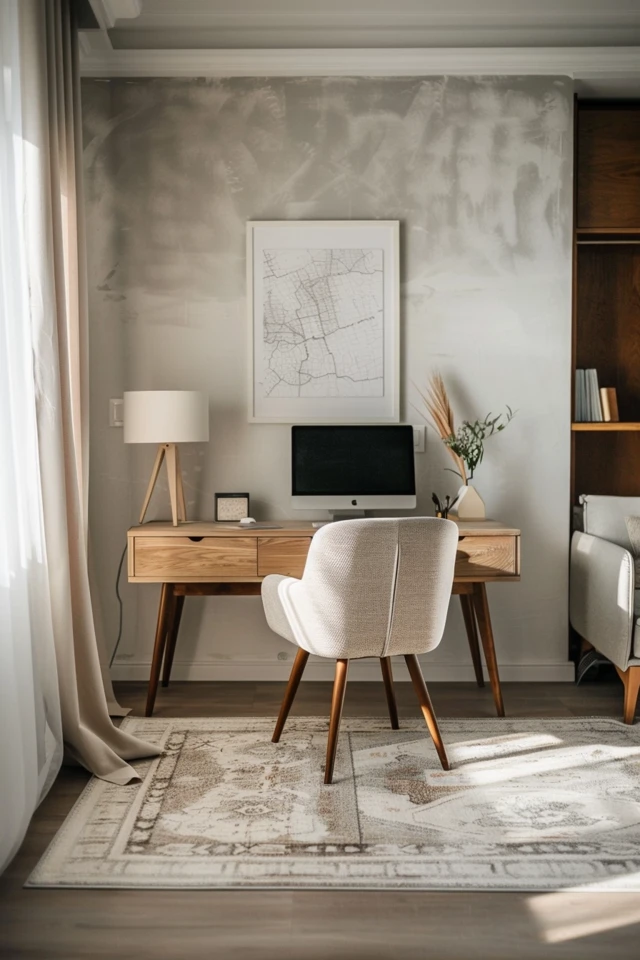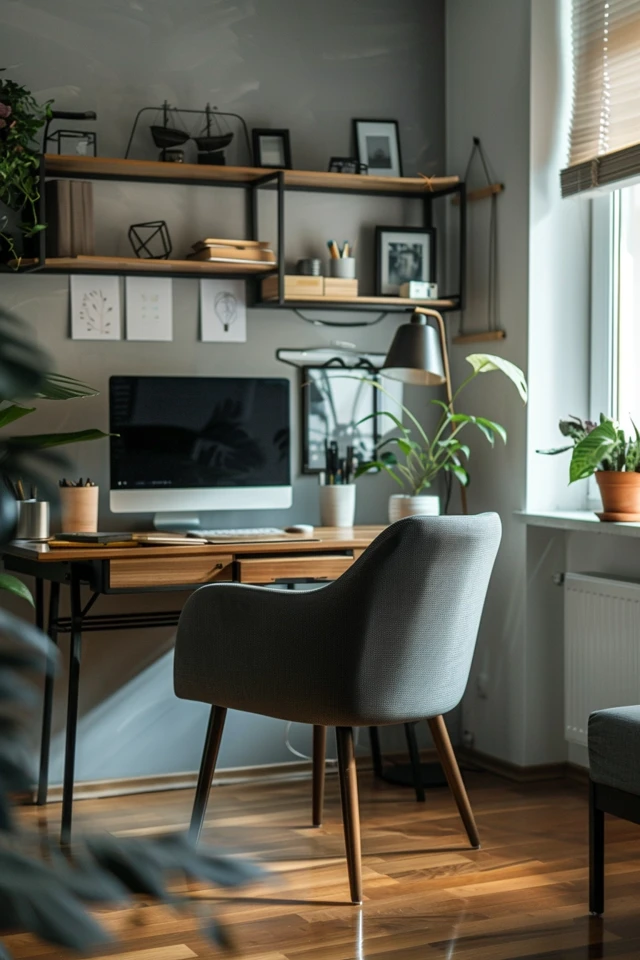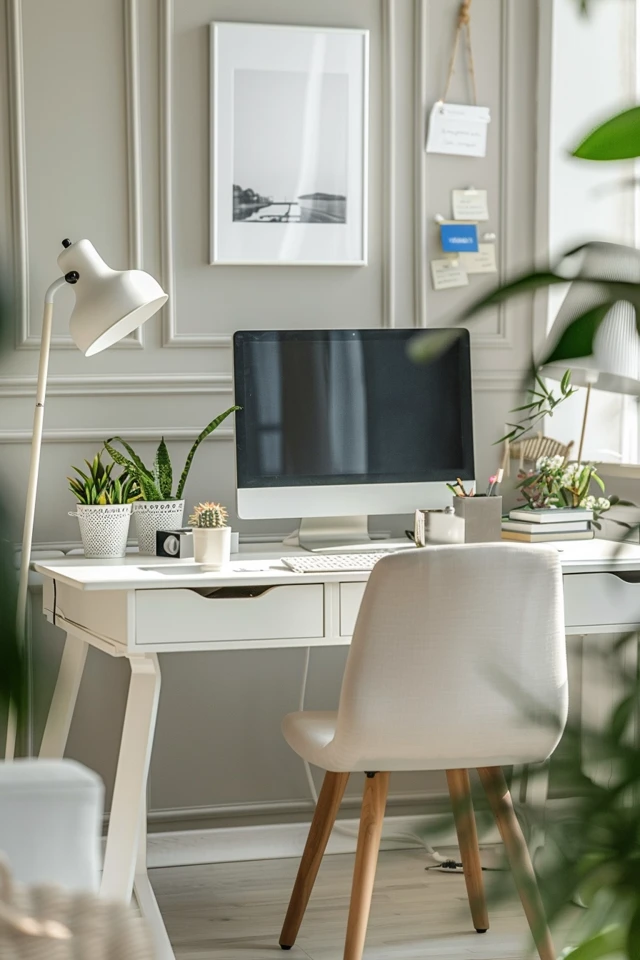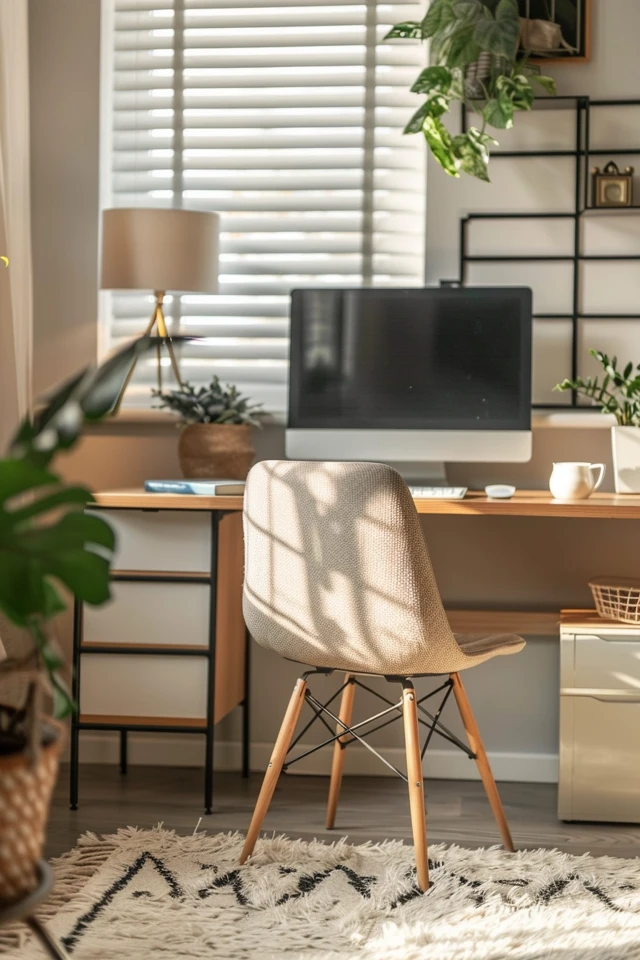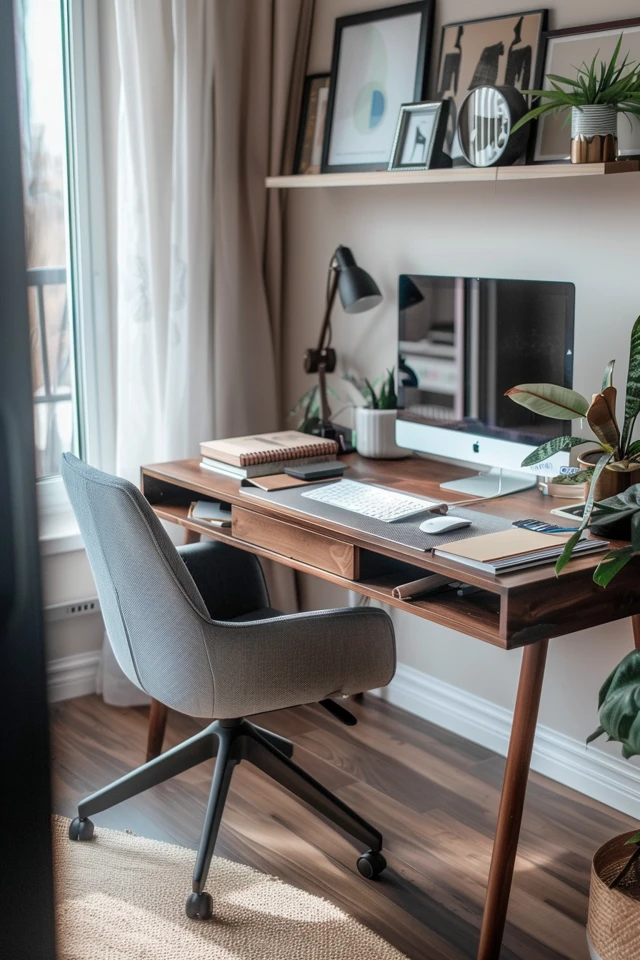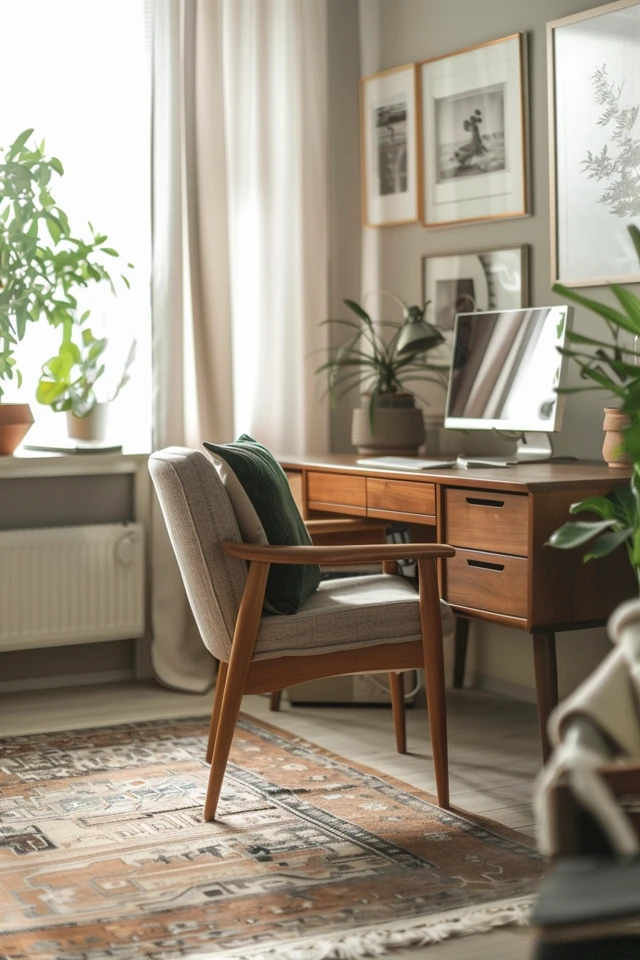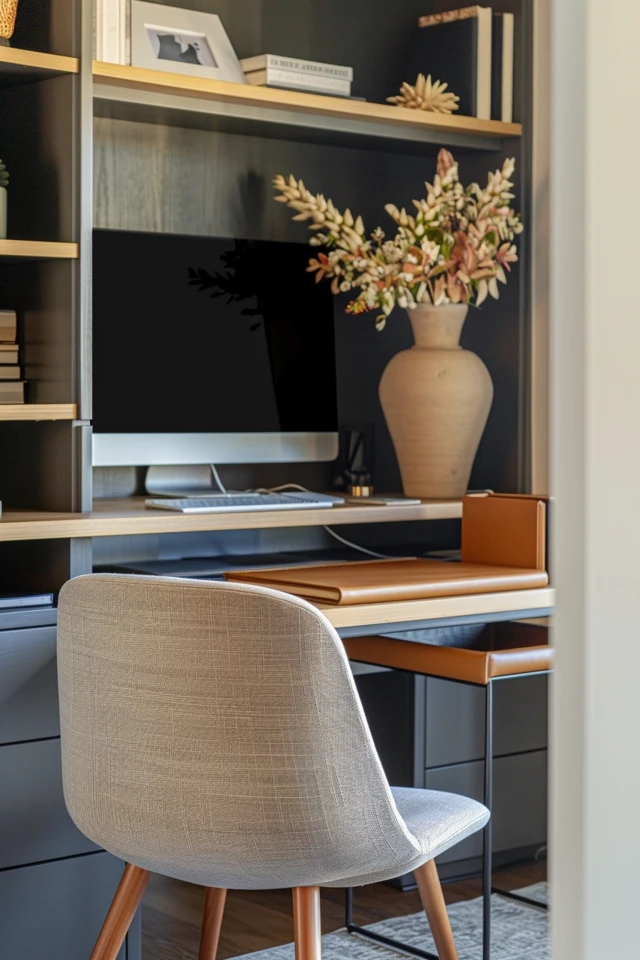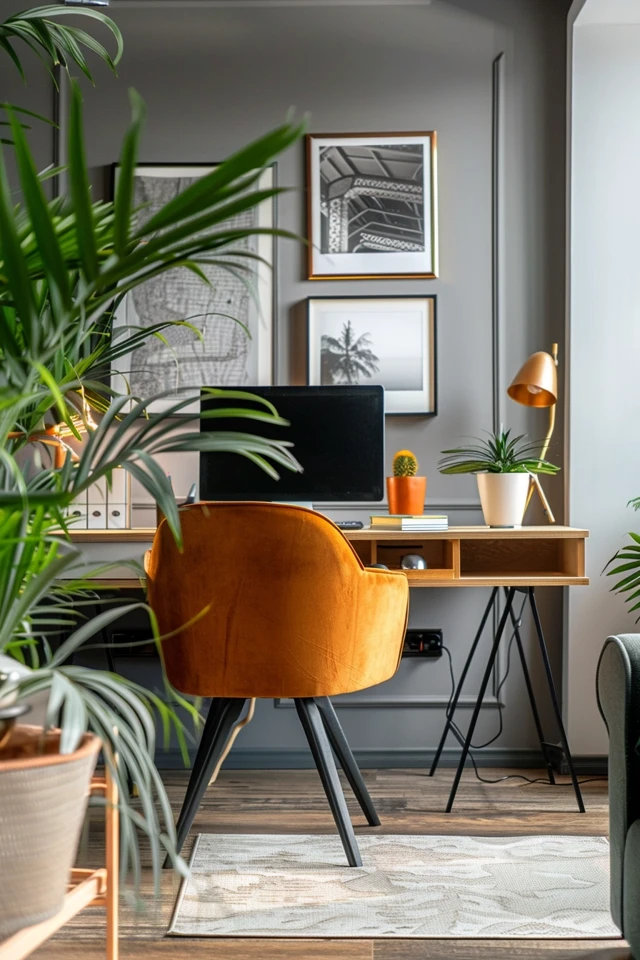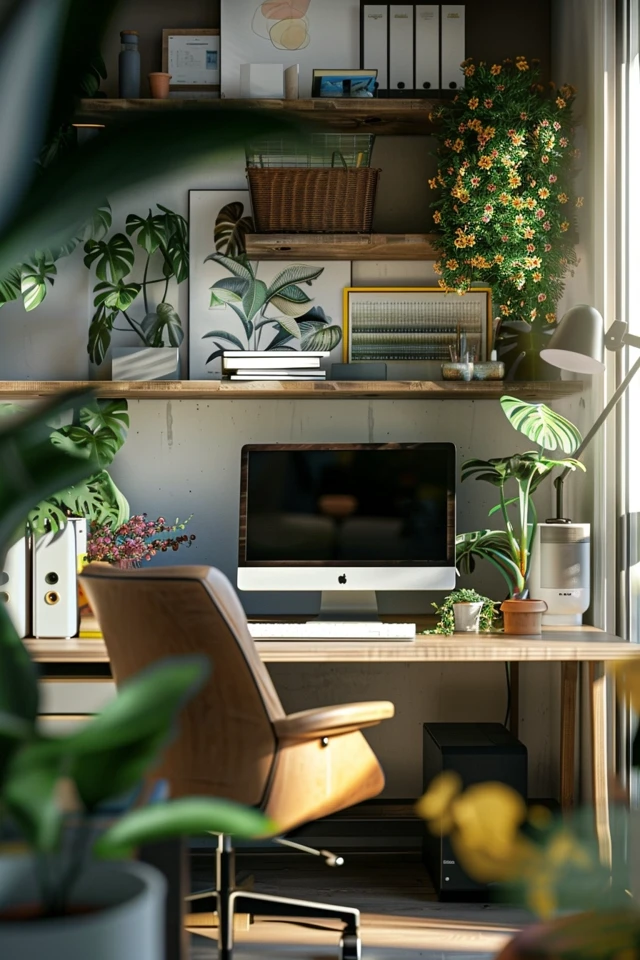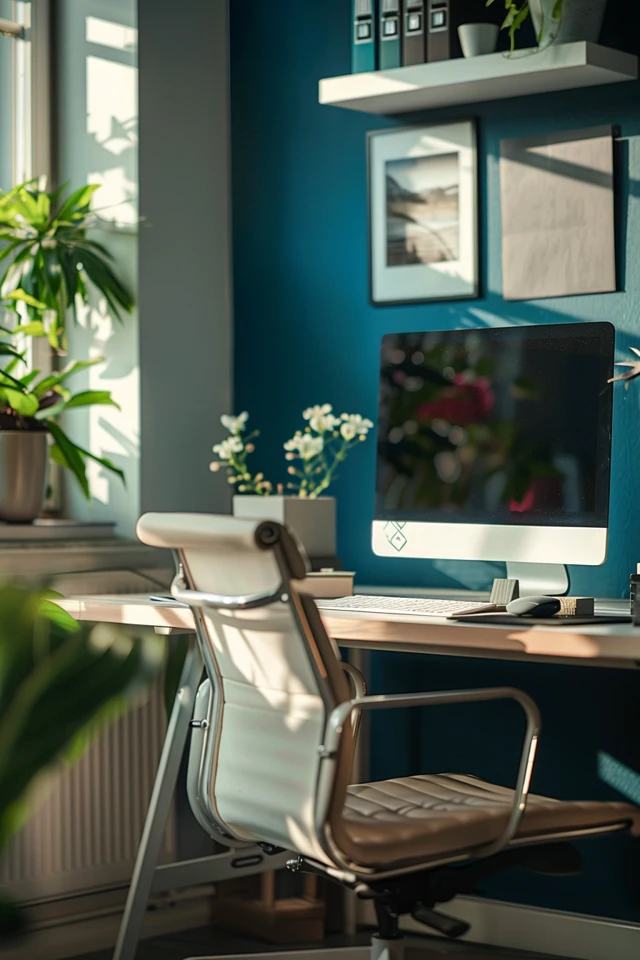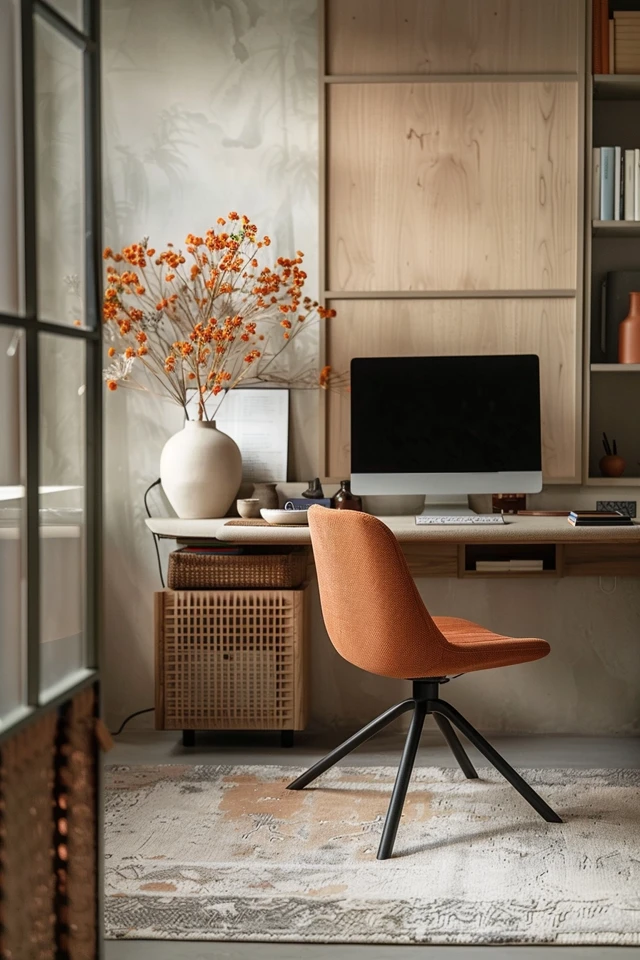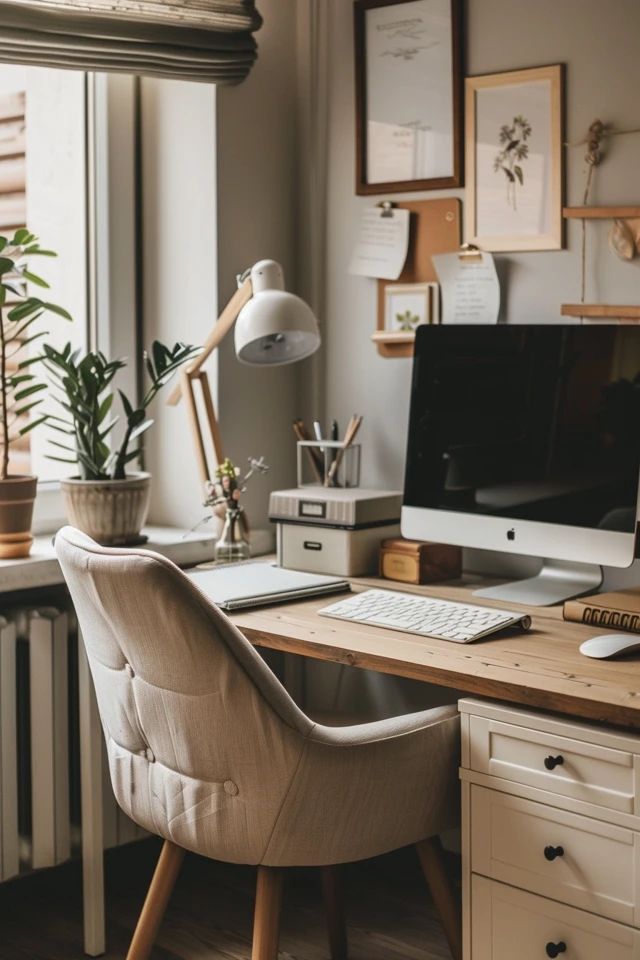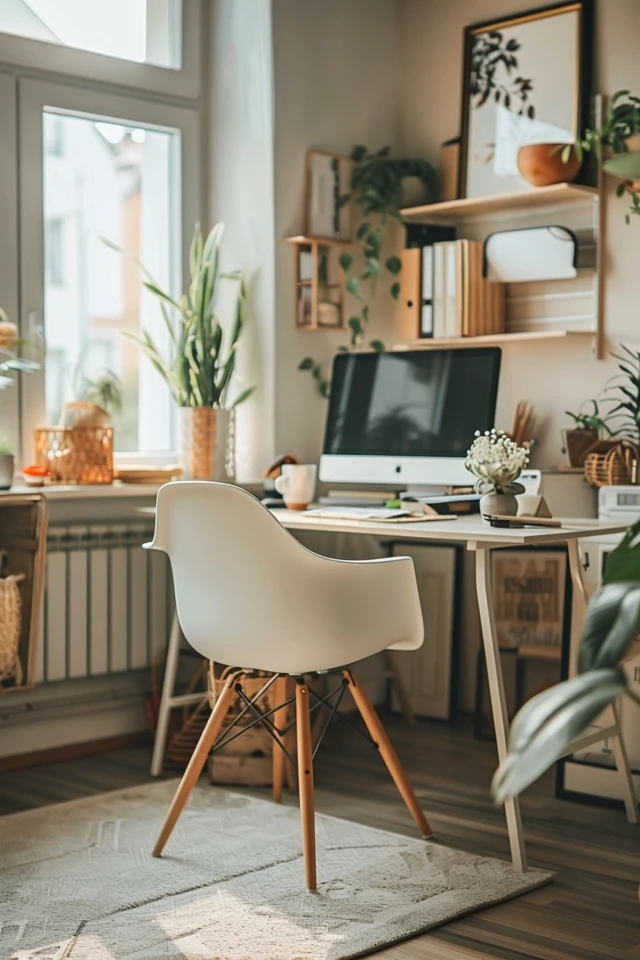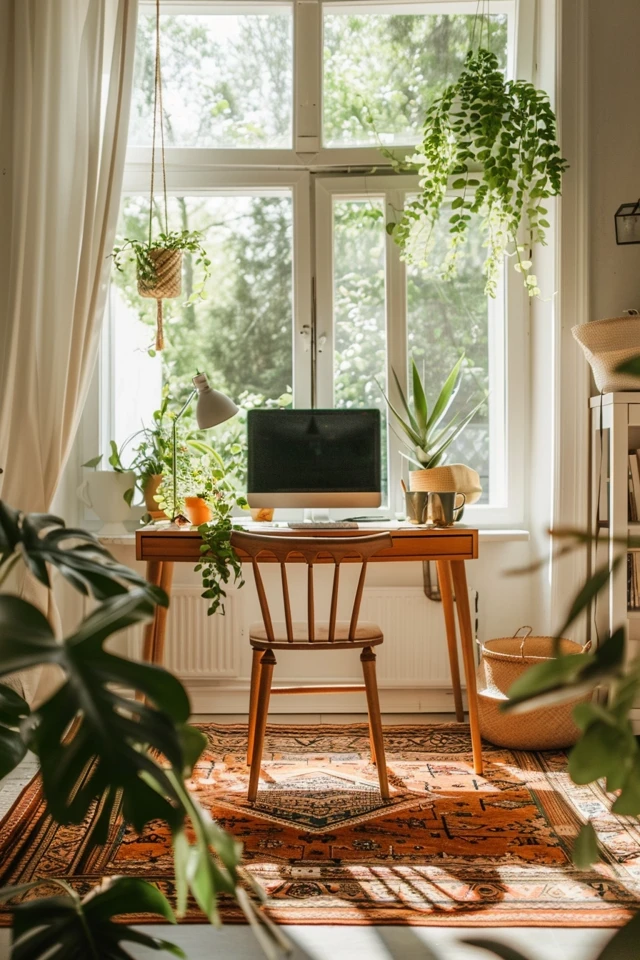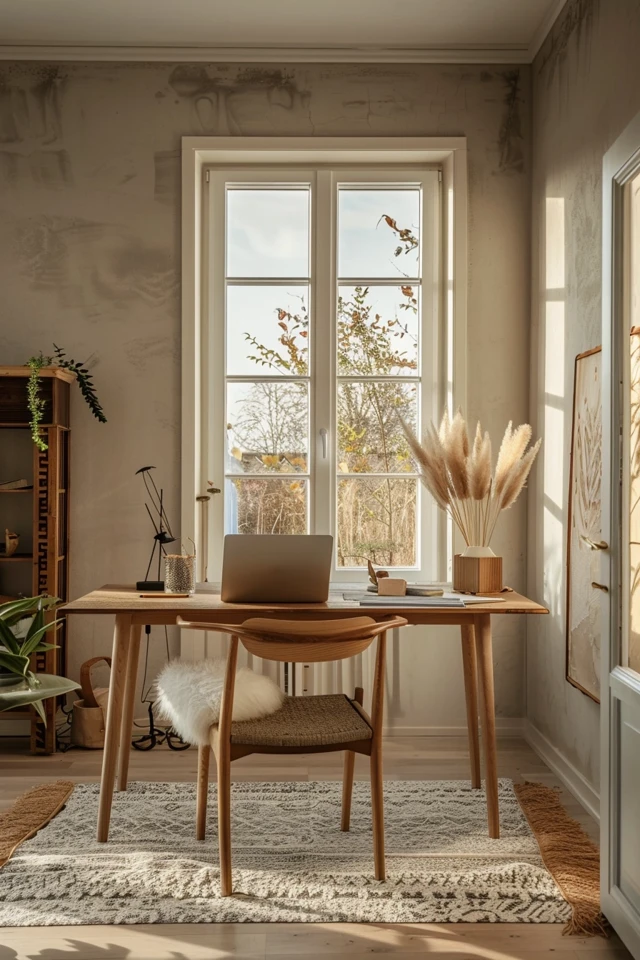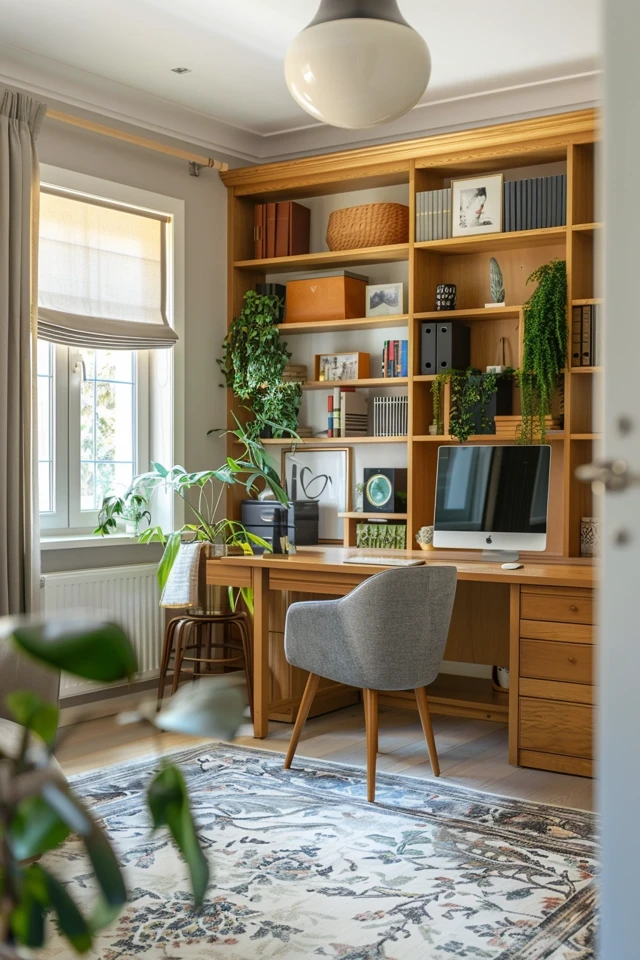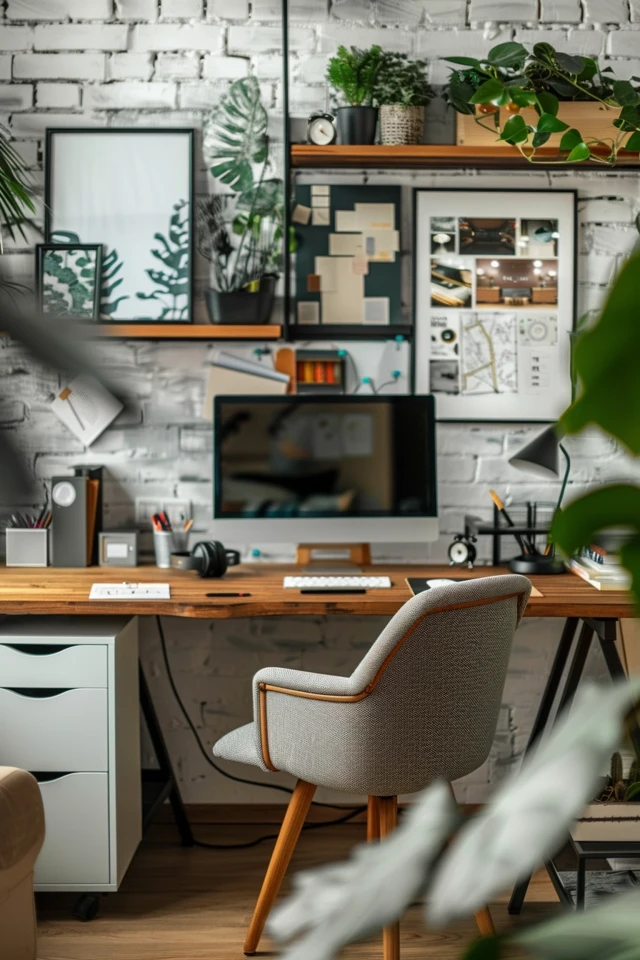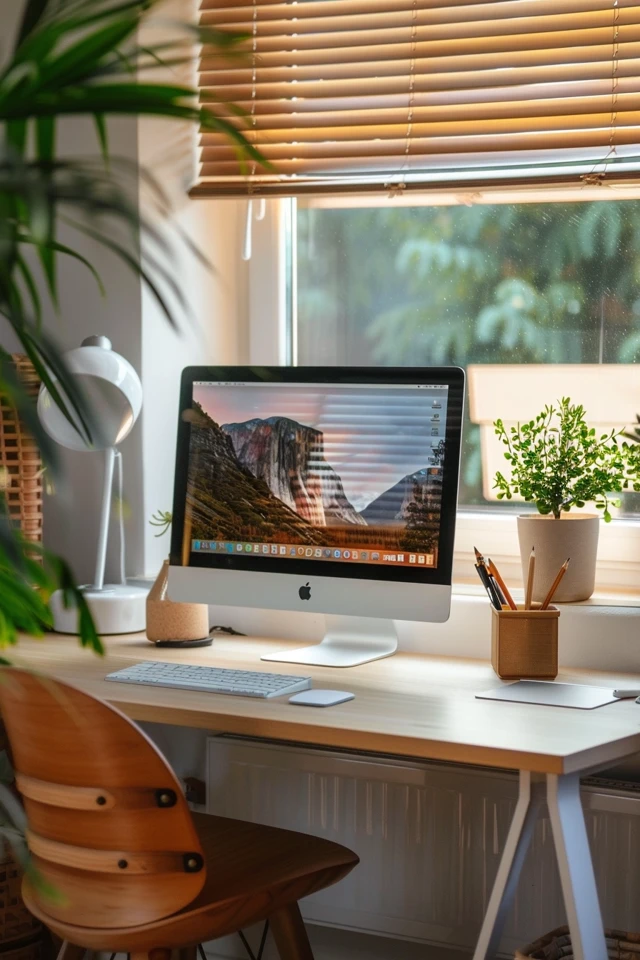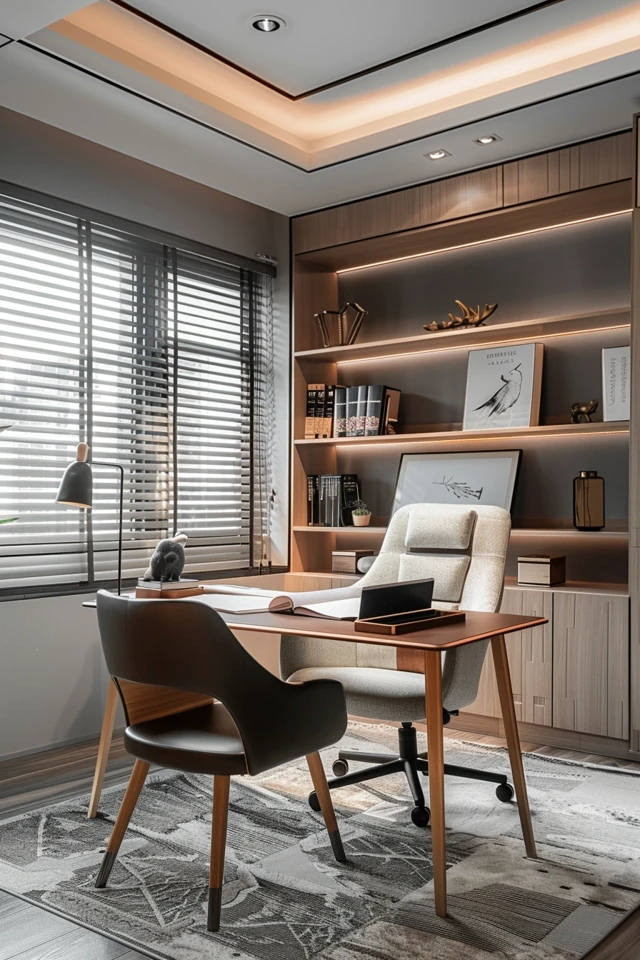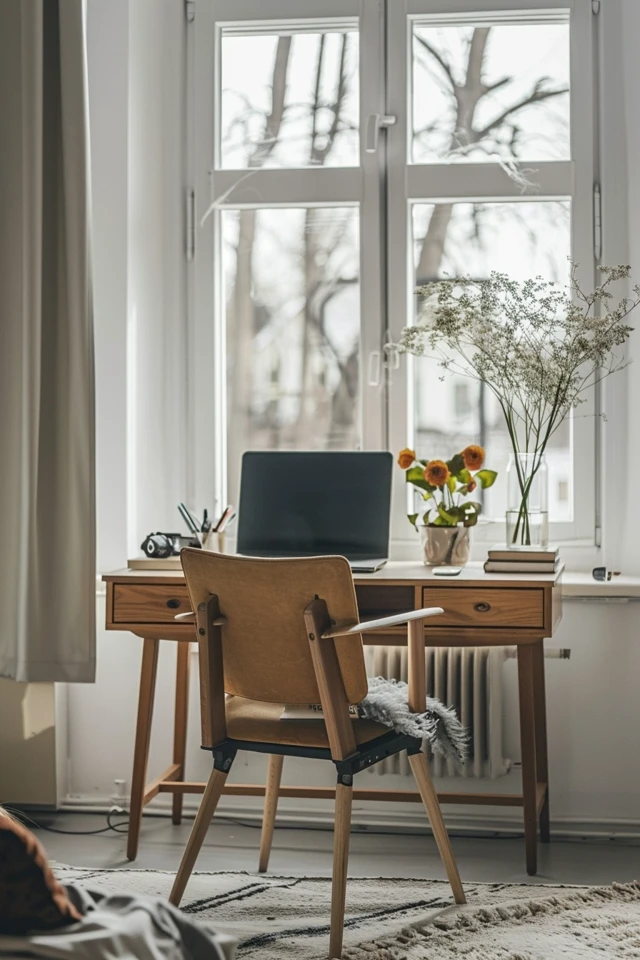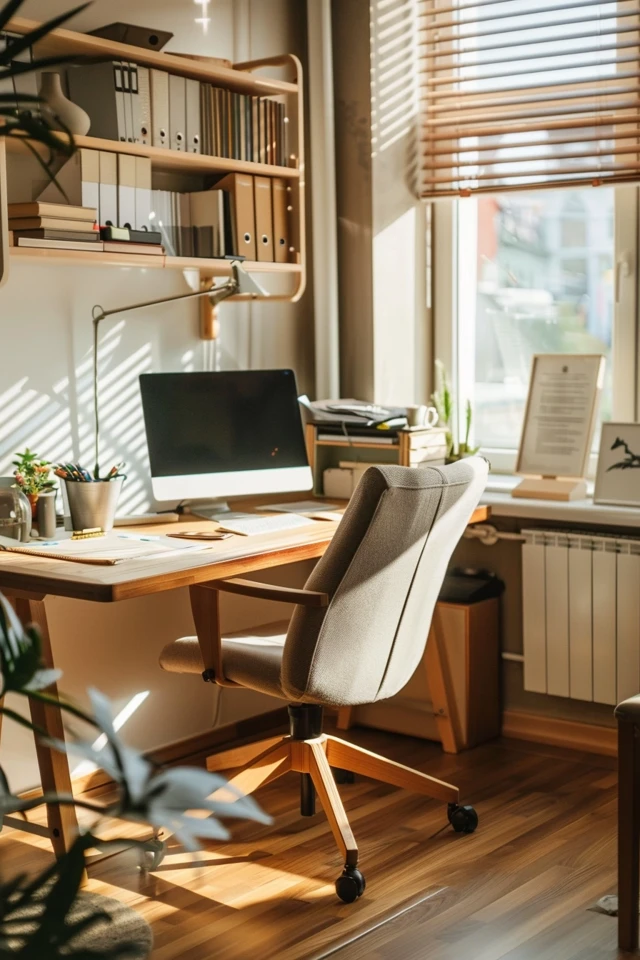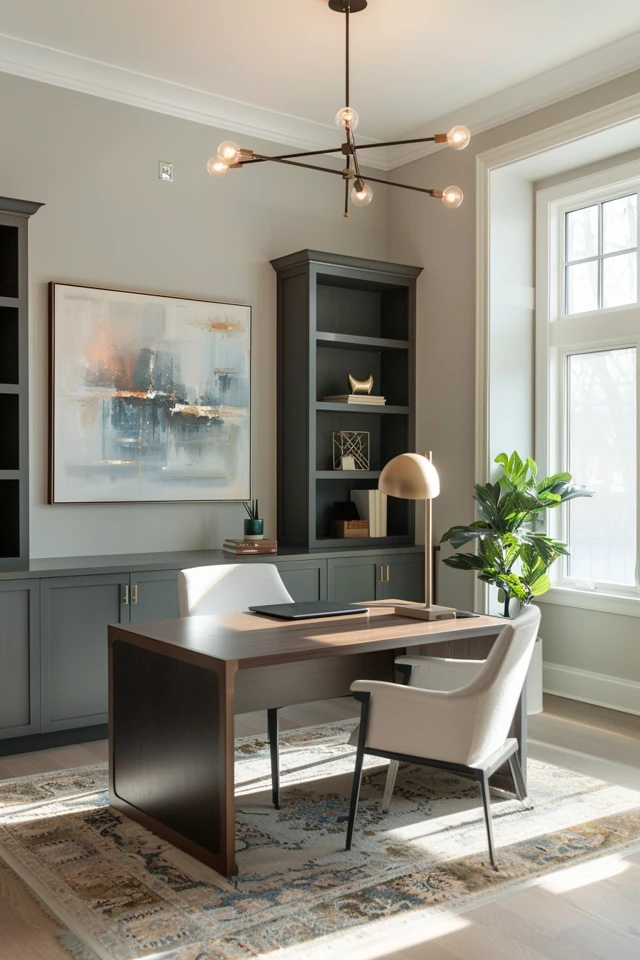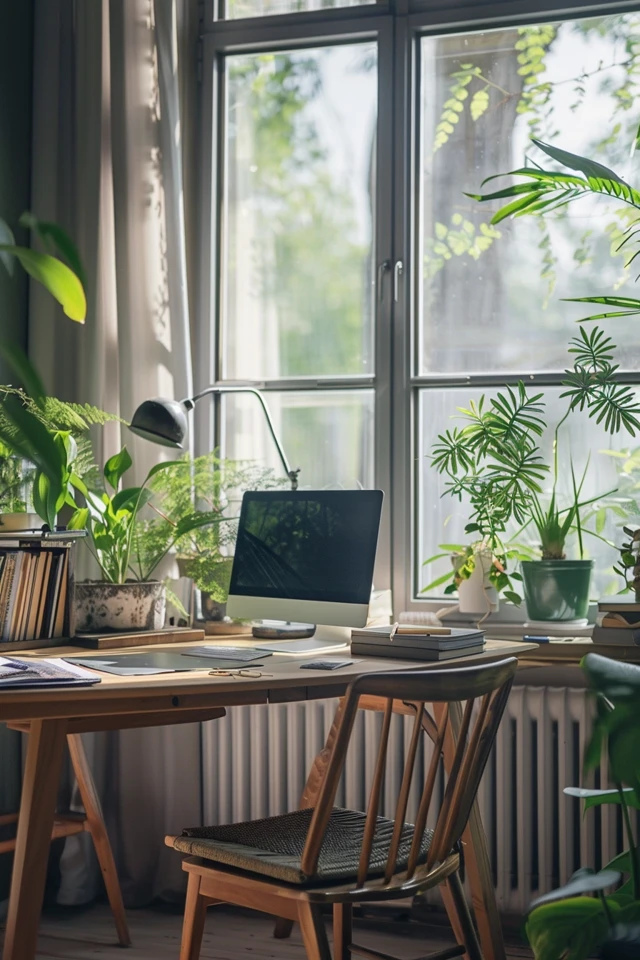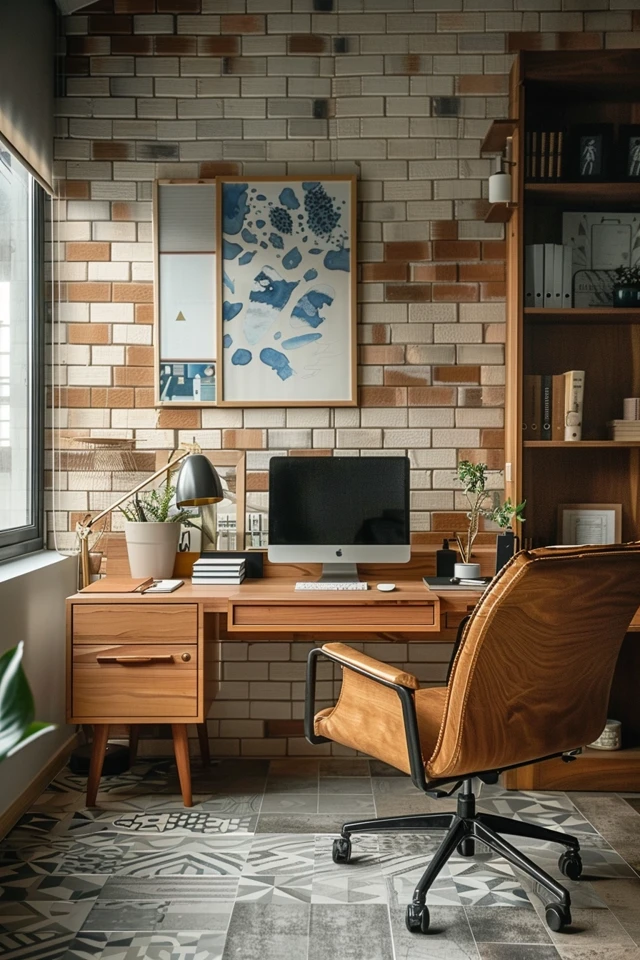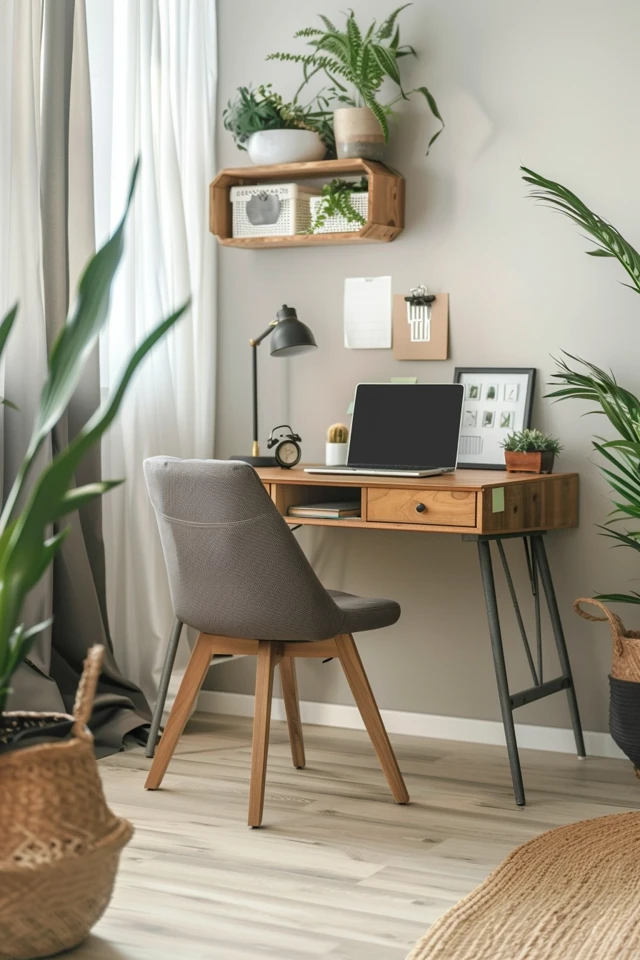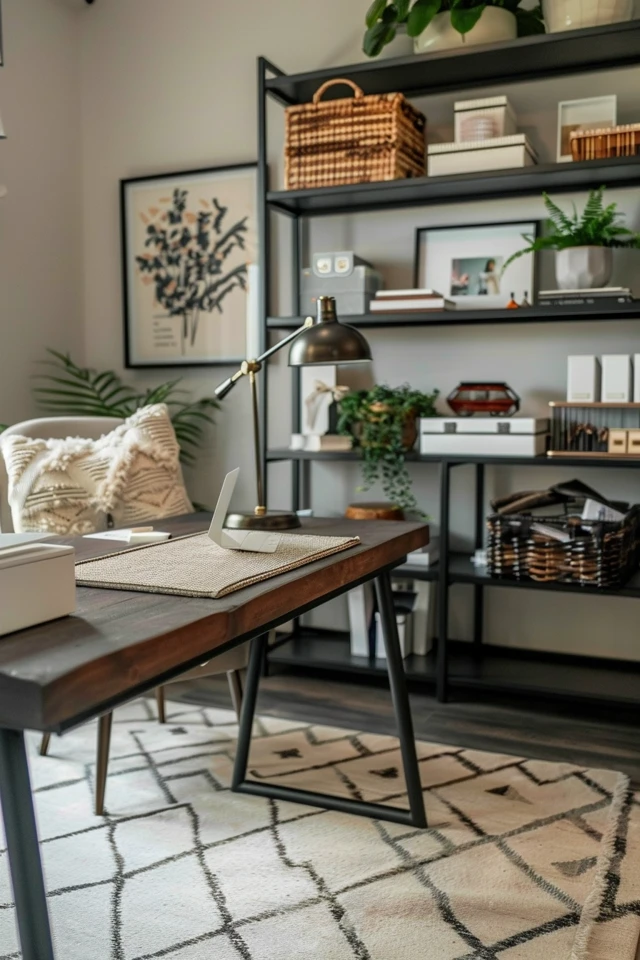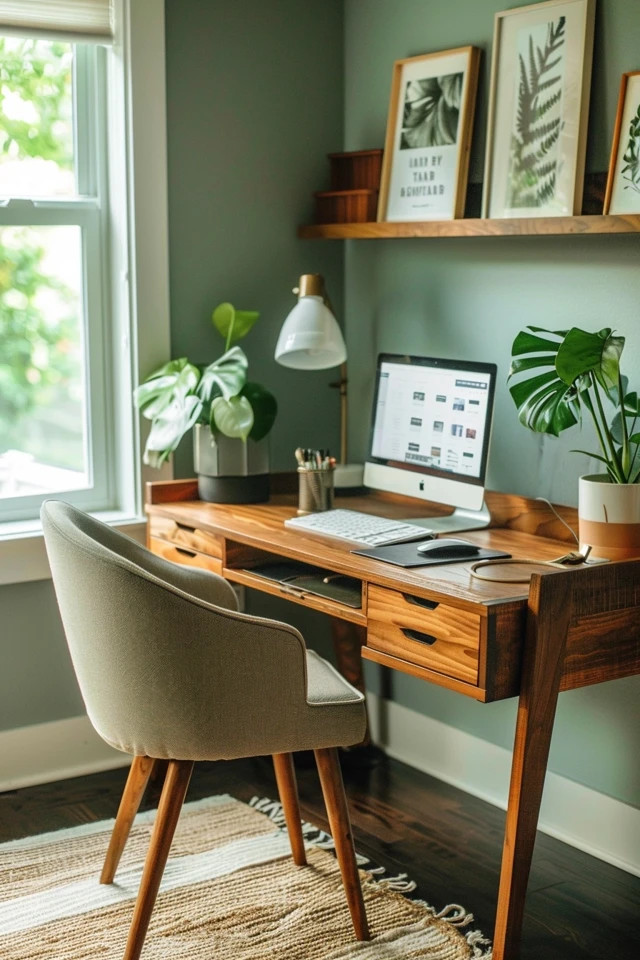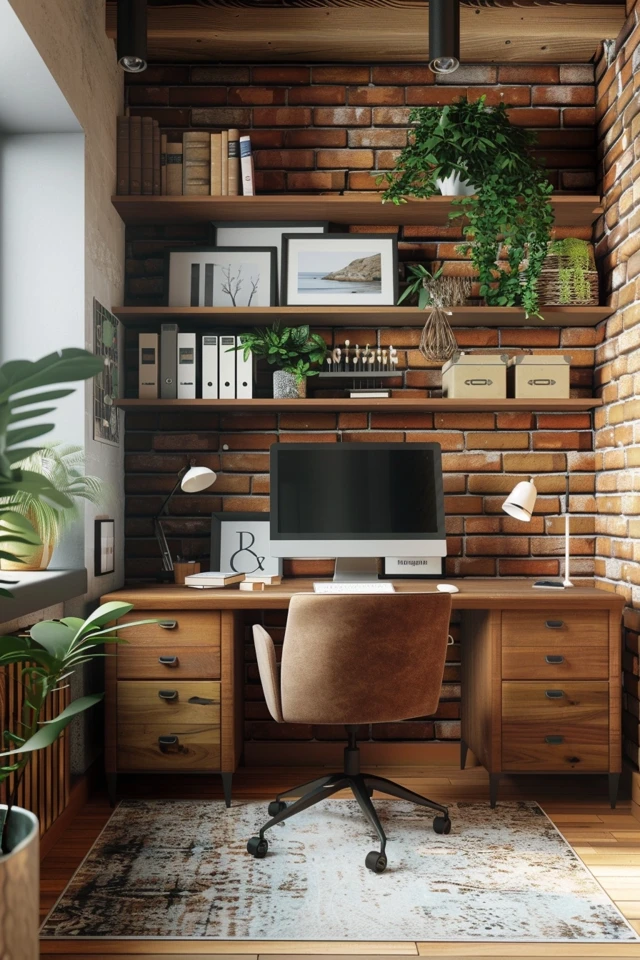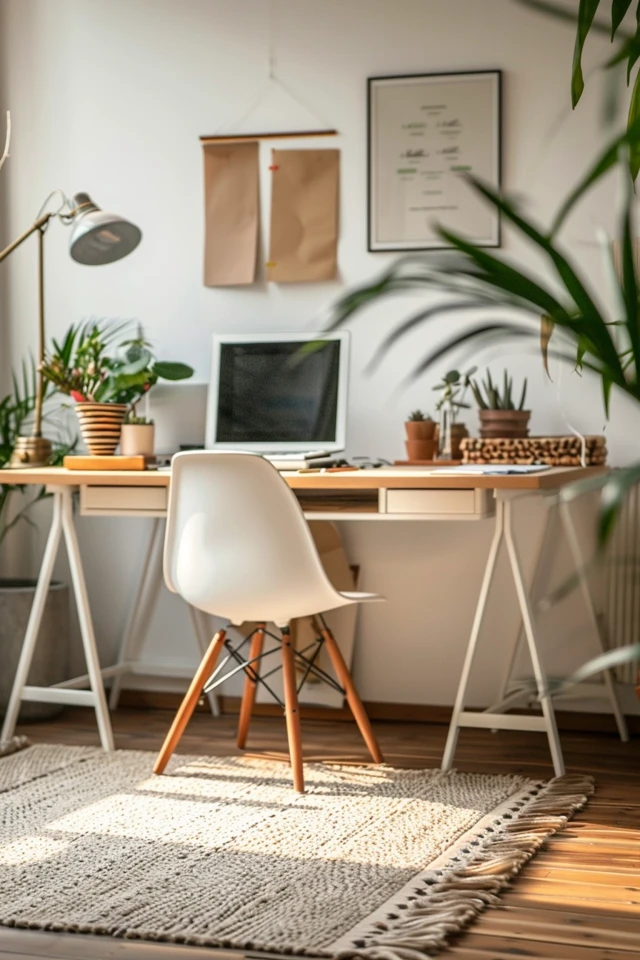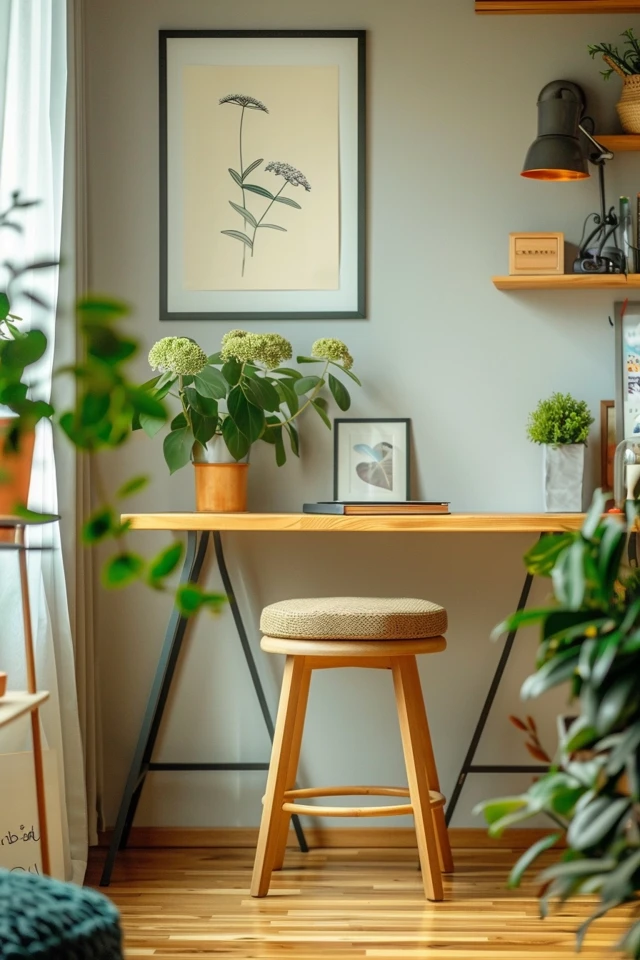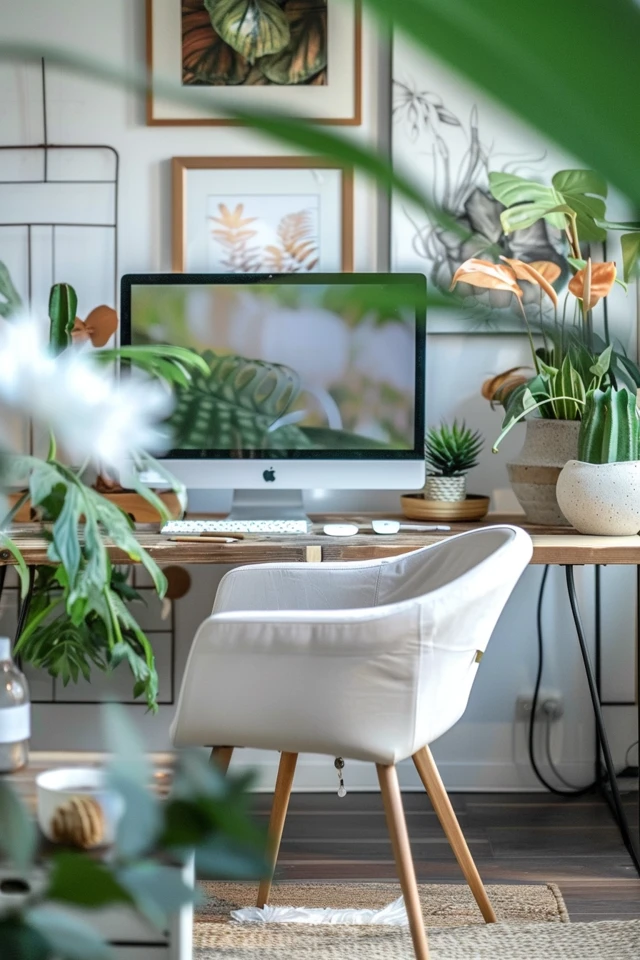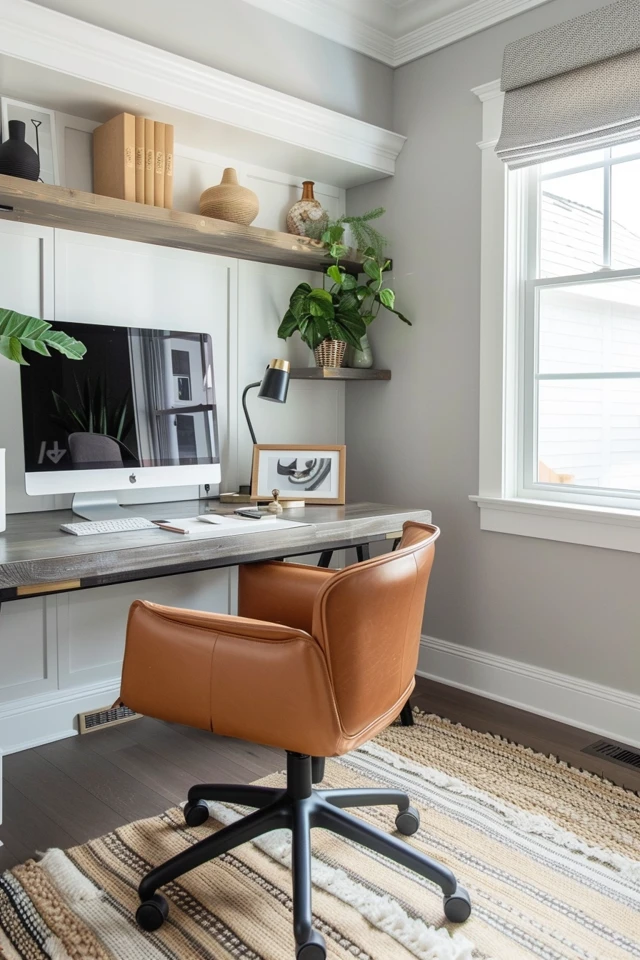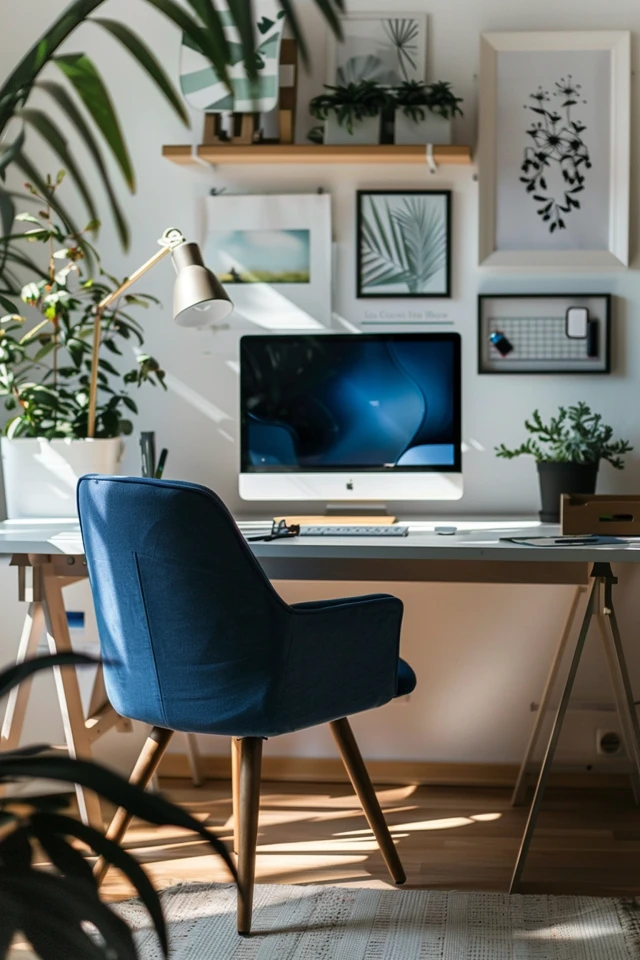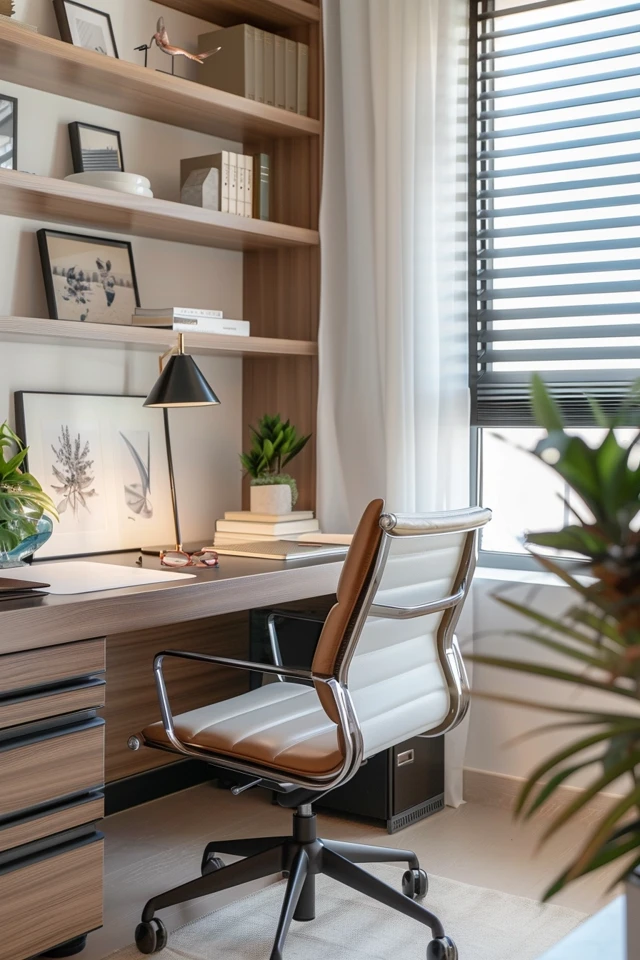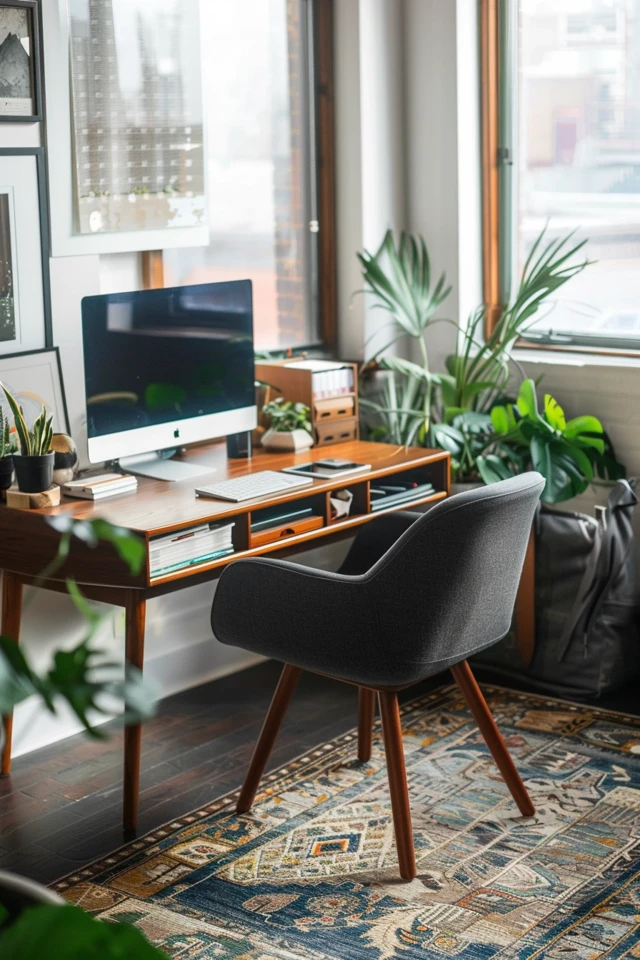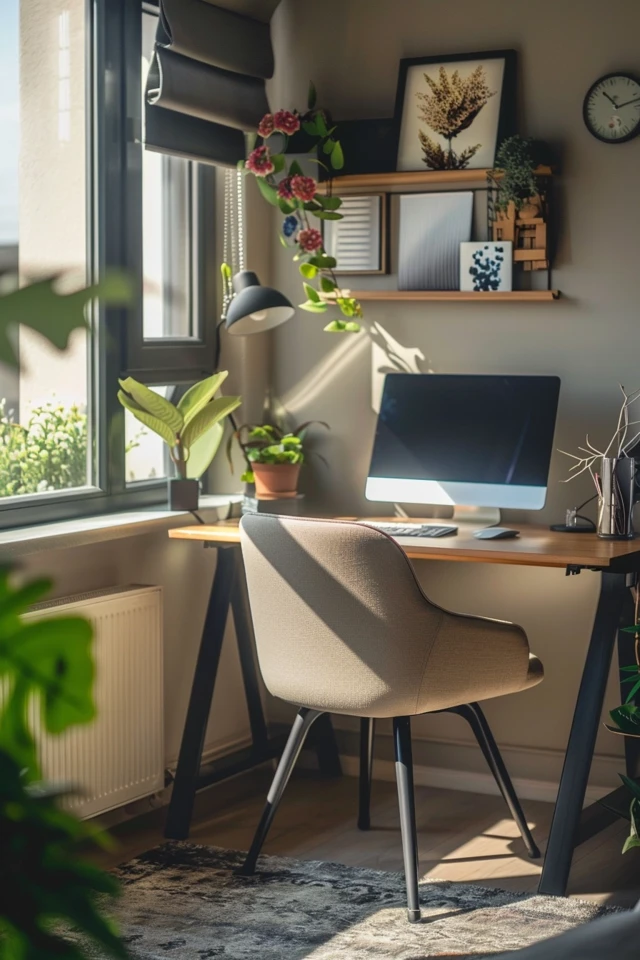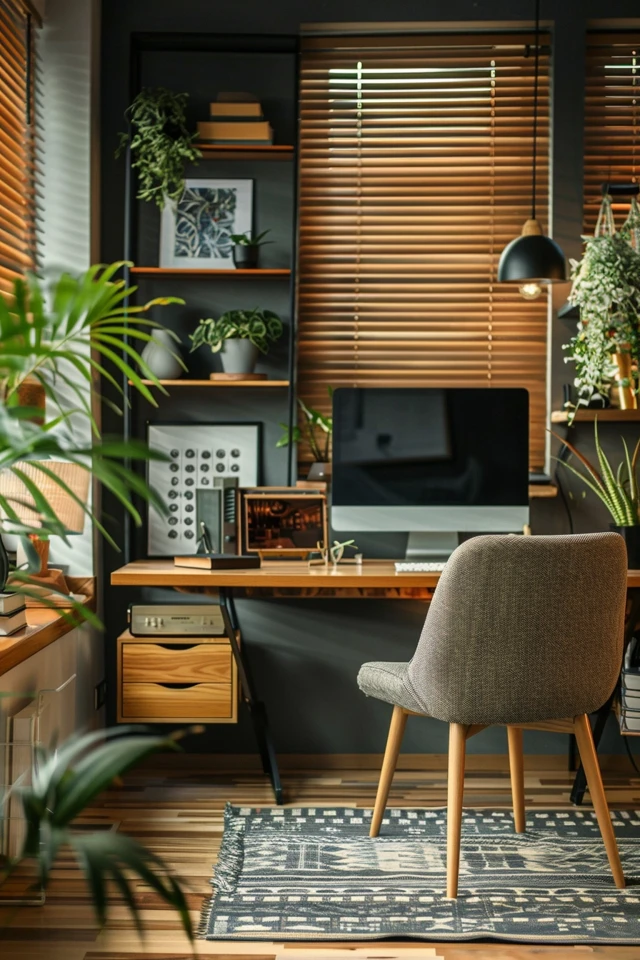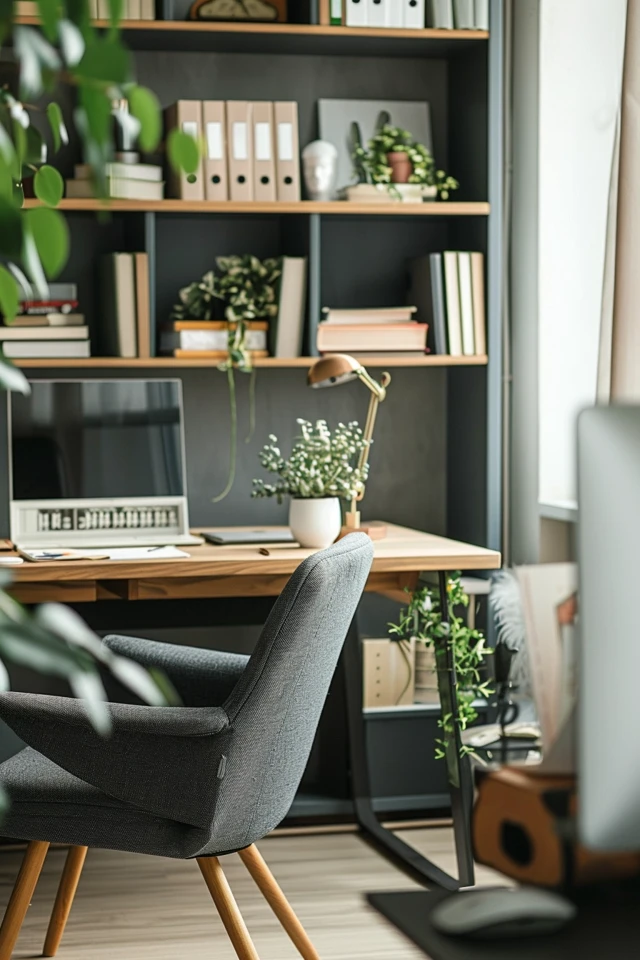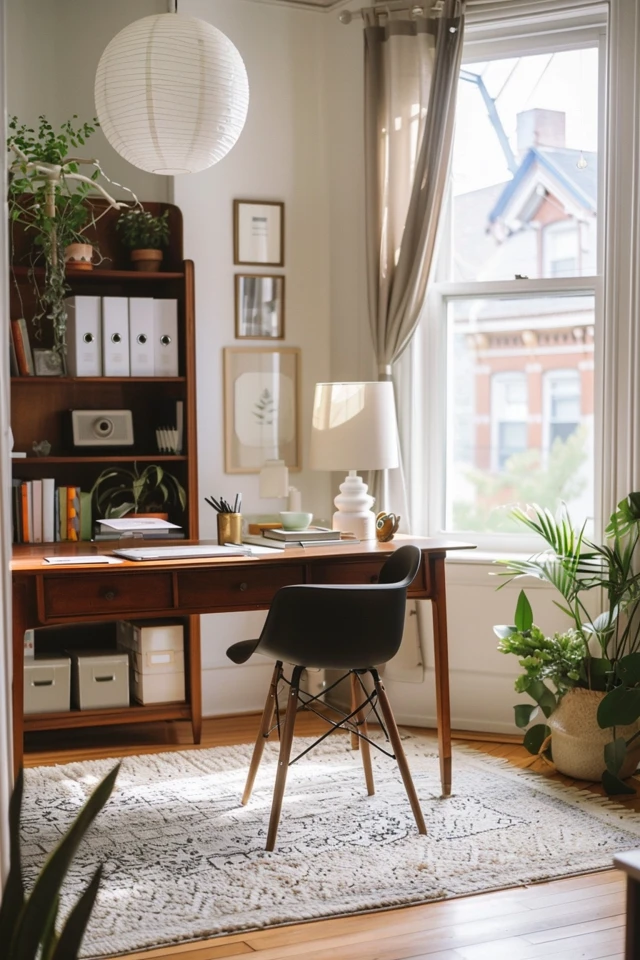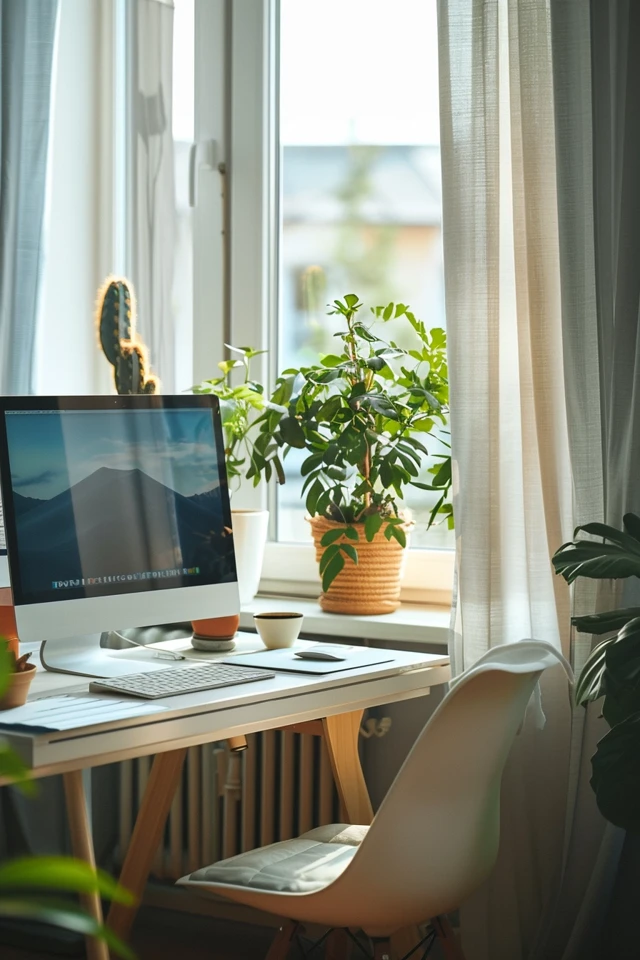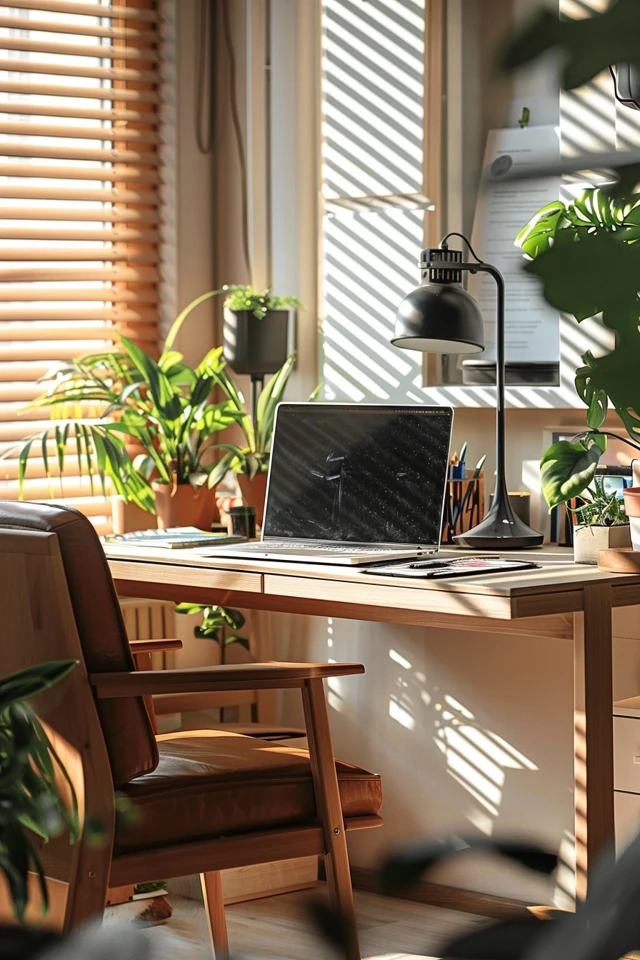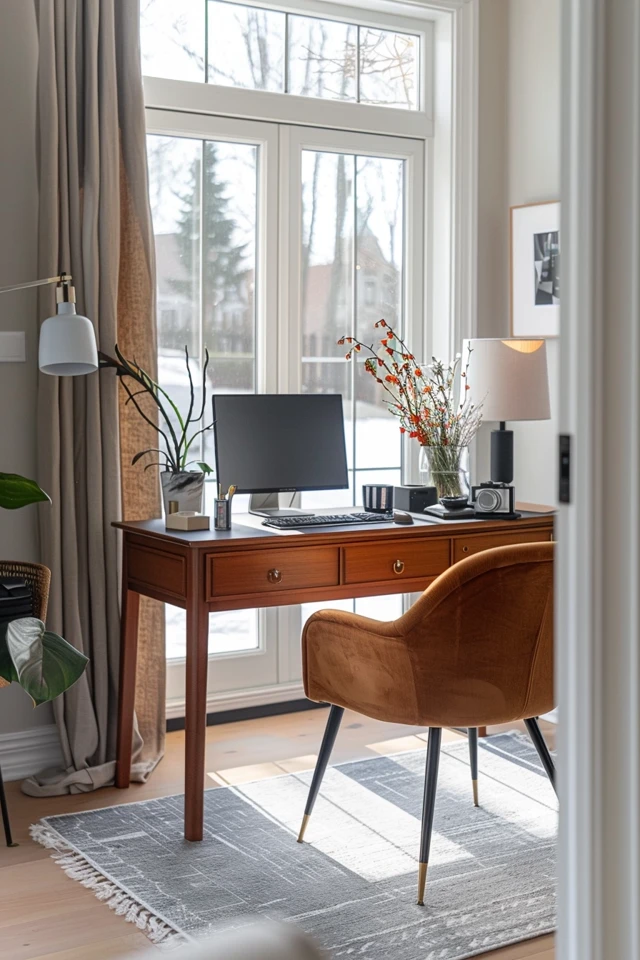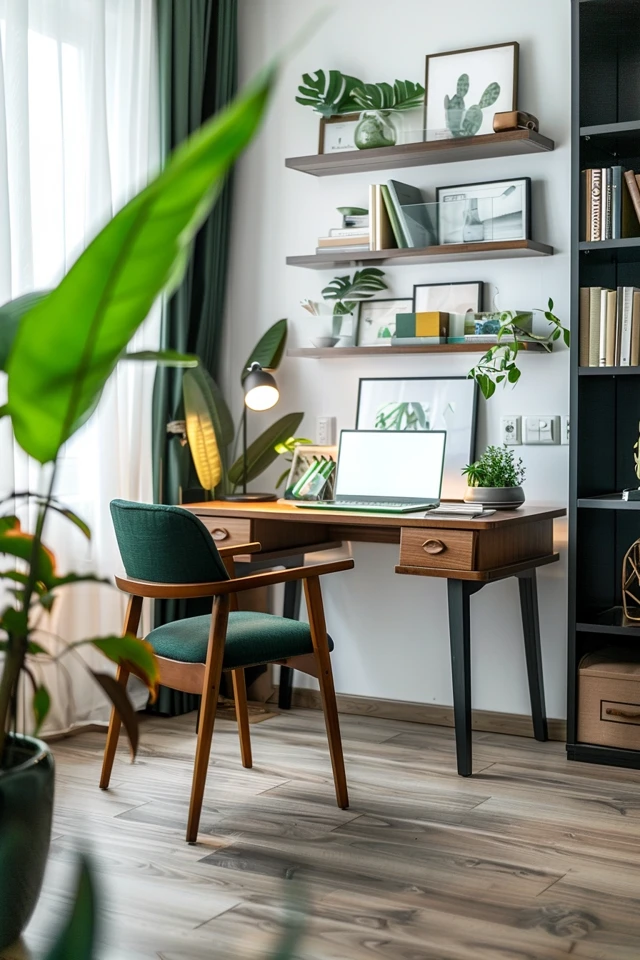Before Reading this Article, Hire Us As Your Designer or Take a Look at My Top 3 Amazon Picks!
If you are looking to blend Amazon's furniture finds with a personalized touch for your space, check out my portfolio, and hire us! You'll get 3 Idea boards, 2 Concept Boards, 2 Realistic Renderings, a Floor Plan, and a Shopping List! Everything's online, plus a 25% discount on your first online interior design project with my Havenly Promo code 4c7441bcfb. With over 2,000 designs since 2017 and top US brand partnerships, your project is in expert hands. US only. Ready to start?
Yaheetech Home Office Chair Work Desk Chair Swivel...
24% OffSTERREN 76" Led Floor Lamp, 100W White Modern Free...
17% OffASAKUKI Humidifiers for Bedroom Large Room, 4L Top...
28% OffCreating a comfortable and stylish home office is essential in today’s remote work environment. A well-designed home office can boost productivity, enhance focus, and provide a space that you enjoy working in. As an architect and interior designer specializing in evidence-based design, I understand how to create functional and aesthetically pleasing workspaces. In this article, we’ll explore best practices for designing a home office that combines comfort and style.
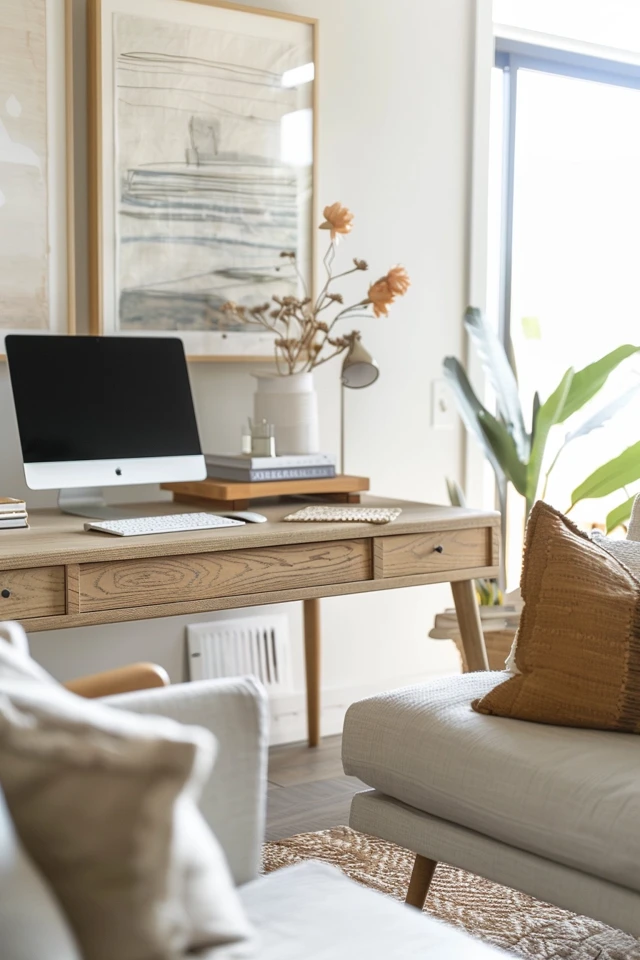
Key Takeaways:
- Choose ergonomic furniture to support your well-being.
- Optimize lighting for a productive work environment.
- Incorporate efficient storage solutions to keep the space organized.
- Add personal touches to make the space uniquely yours.
- Maintain a clean and clutter-free environment for enhanced focus.
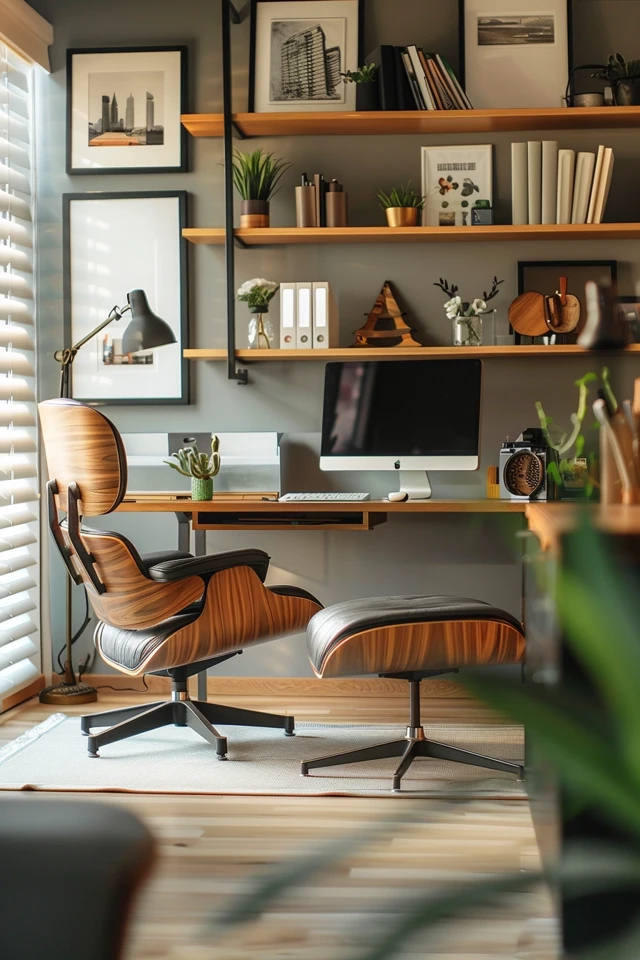
1. Choose Ergonomic Furniture
Ergonomic furniture is crucial for maintaining comfort and preventing strain during long hours of work. Invest in pieces that support your posture and provide comfort.
Furniture tips:
- Ergonomic Chair: Select an ergonomic chair that offers adjustable height, lumbar support, and comfortable cushioning. This helps reduce back and neck strain.
- Adjustable Desk: An adjustable desk allows you to alternate between sitting and standing, promoting better posture and reducing the risks associated with prolonged sitting.
- Desk Layout: Ensure your desk is spacious enough to accommodate your computer, documents, and other essential items. Position your monitor at eye level to avoid neck strain.
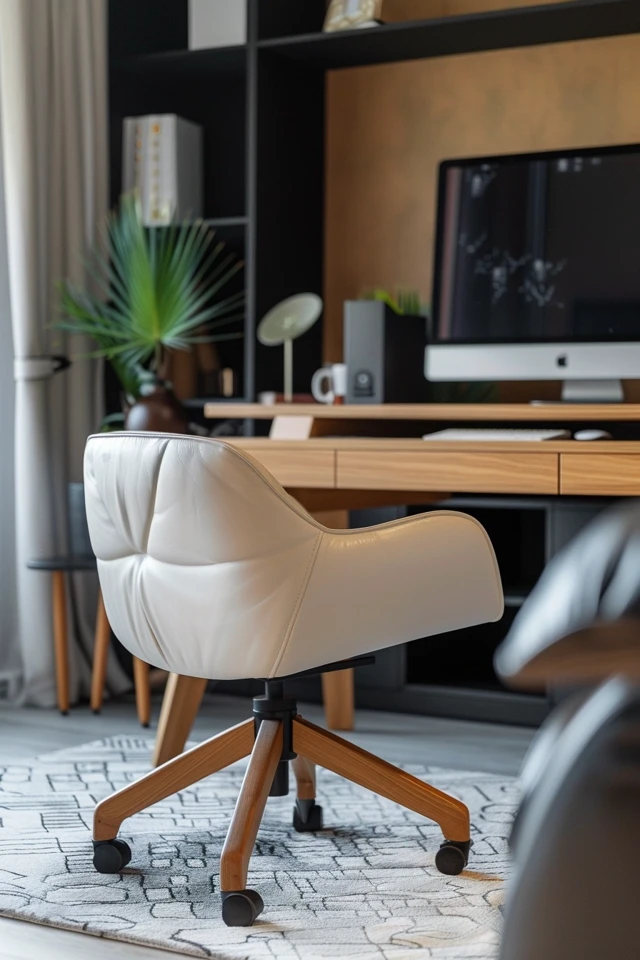
2. Optimize Lighting
Proper lighting is essential for creating a comfortable and productive work environment. Use a combination of natural and artificial lighting to achieve the best results.
Lighting strategies:
- Natural Light: Position your desk near a window to take advantage of natural light. Natural light can boost mood and energy levels.
- Task Lighting: Use a desk lamp with adjustable brightness for focused work. Choose a lamp with a flexible arm to direct light where you need it most.
- Ambient Lighting: Ensure your home office has adequate ambient lighting to create a balanced and well-lit environment. Overhead lights or wall sconces can provide general illumination.
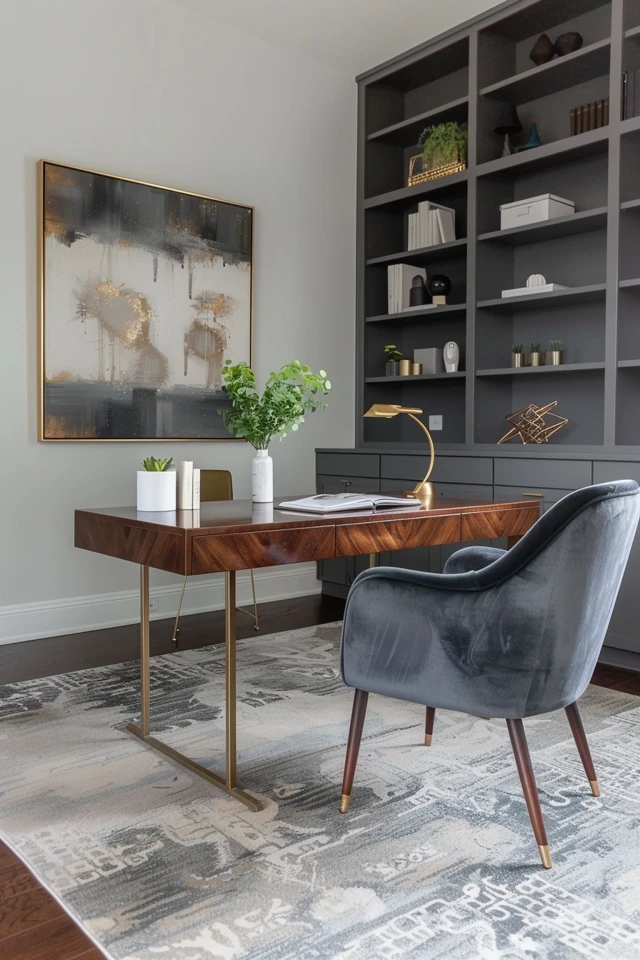
3. Incorporate Efficient Storage Solutions
An organized workspace can enhance productivity by reducing clutter and making it easier to find what you need. Incorporate efficient storage solutions to keep your home office tidy.
Storage ideas:
- Shelving Units: Install shelves to store books, files, and decorative items. Floating shelves can save floor space and keep your office looking sleek.
- Filing Cabinets: Use filing cabinets to organize important documents and keep them within easy reach. Choose cabinets with locks for added security.
- Drawer Organizers: Utilize drawer organizers to keep office supplies like pens, paperclips, and sticky notes neatly arranged. This helps maintain a clutter-free desk.
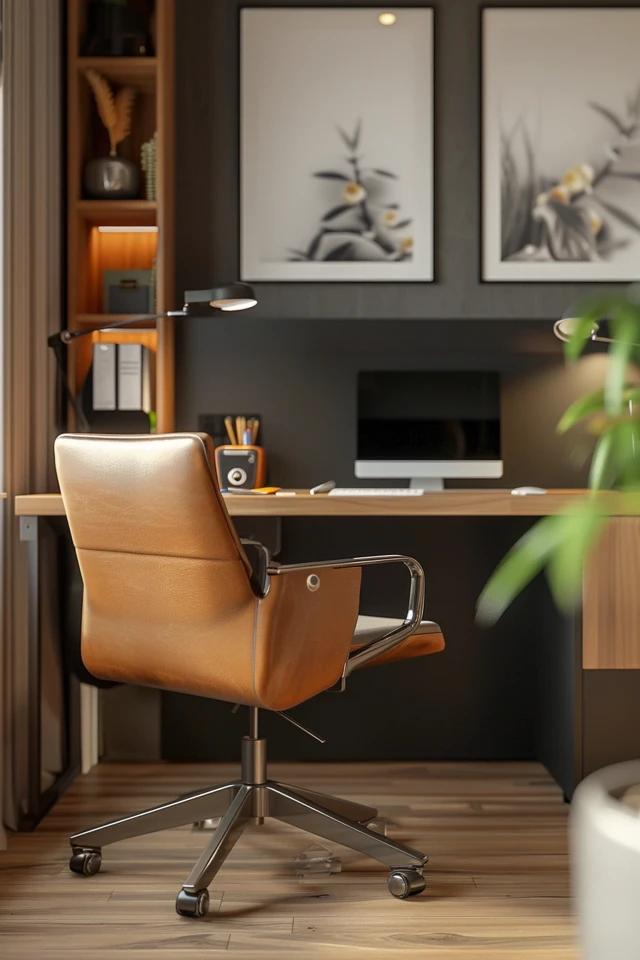
4. Add Personal Touches
Personalizing your home office can make it a more enjoyable and inspiring place to work. Add elements that reflect your style and preferences.
Personalization ideas:
- Artwork: Hang artwork or inspirational quotes that motivate you. A vision board can also help you stay focused on your goals.
- Plants: Incorporate plants to add a touch of nature to your workspace. Plants can improve air quality and create a calming atmosphere.
- Color Scheme: Choose a color scheme that boosts your mood and creativity. Soft blues and greens can create a calming environment, while bold colors like red or yellow can energize the space.
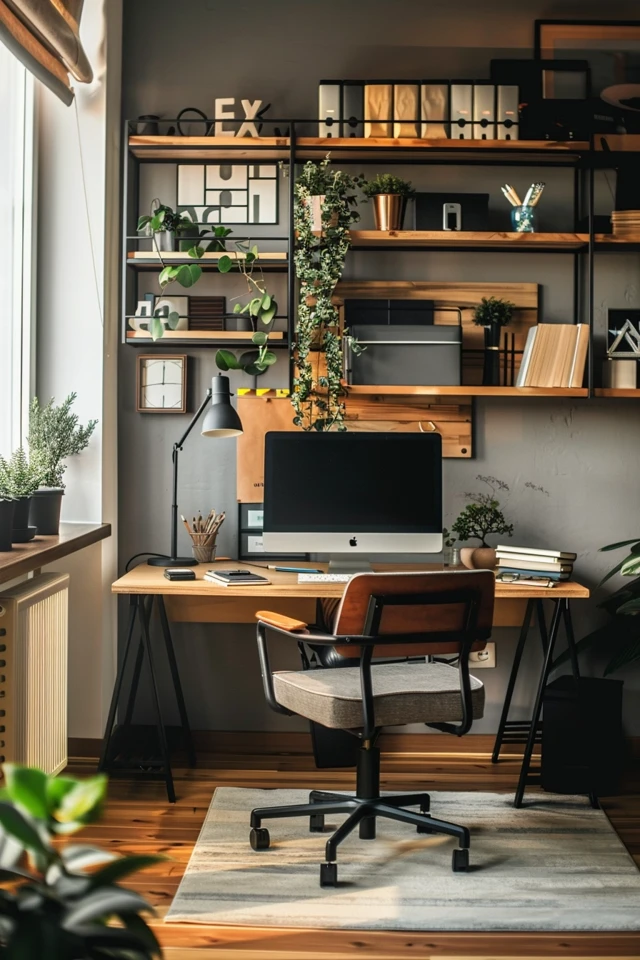
5. Maintain a Clean and Clutter-Free Environment
A clean and clutter-free environment is key to maintaining focus and productivity. Regularly clean and declutter your home office to keep it looking neat and organized.
Clutter-free tips:
- Daily Cleanup: Spend a few minutes at the end of each day tidying up your desk and organizing papers. This helps start each day with a clean workspace.
- Minimalist Approach: Adopt a minimalist approach to decor and keep only essential items on your desk. This reduces distractions and enhances focus.
- Cable Management: Use cable organizers or clips to keep cords and cables neatly arranged. This prevents tangling and keeps your workspace looking tidy.
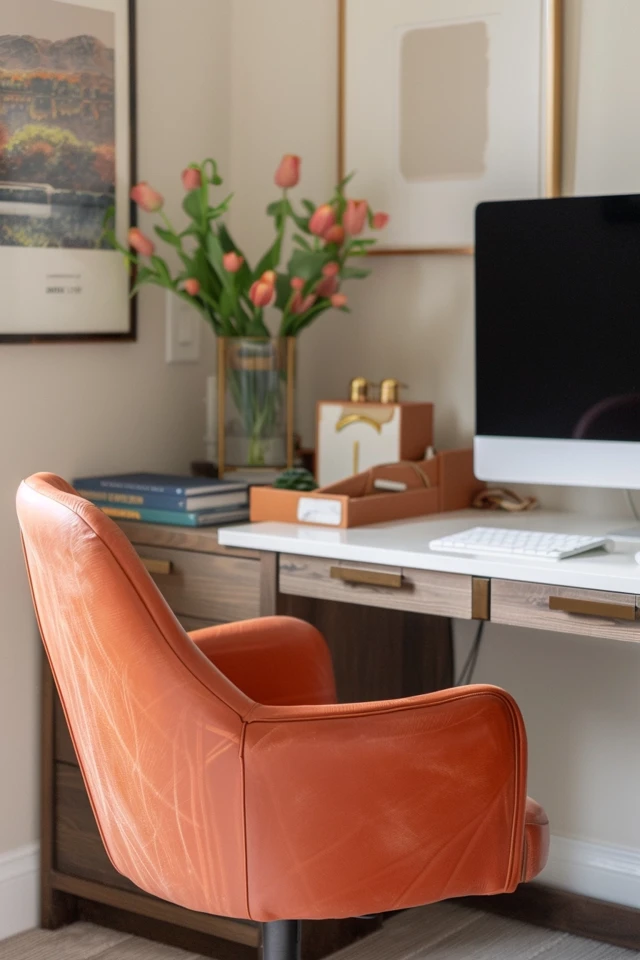
Conclusion
Designing a home office that combines comfort and style involves thoughtful choices in furniture, lighting, storage, personalization, and maintenance. By choosing ergonomic furniture, optimizing lighting, incorporating efficient storage solutions, adding personal touches, and maintaining a clean and clutter-free environment, you can create a productive and enjoyable workspace.
As an architect and interior designer, I believe that a well-designed home office can significantly improve your work experience. Follow these best practices to create a home office that supports your well-being and enhances your productivity, making it a space you look forward to working in every day.
Inspirational Pictures
